Communicating Gender
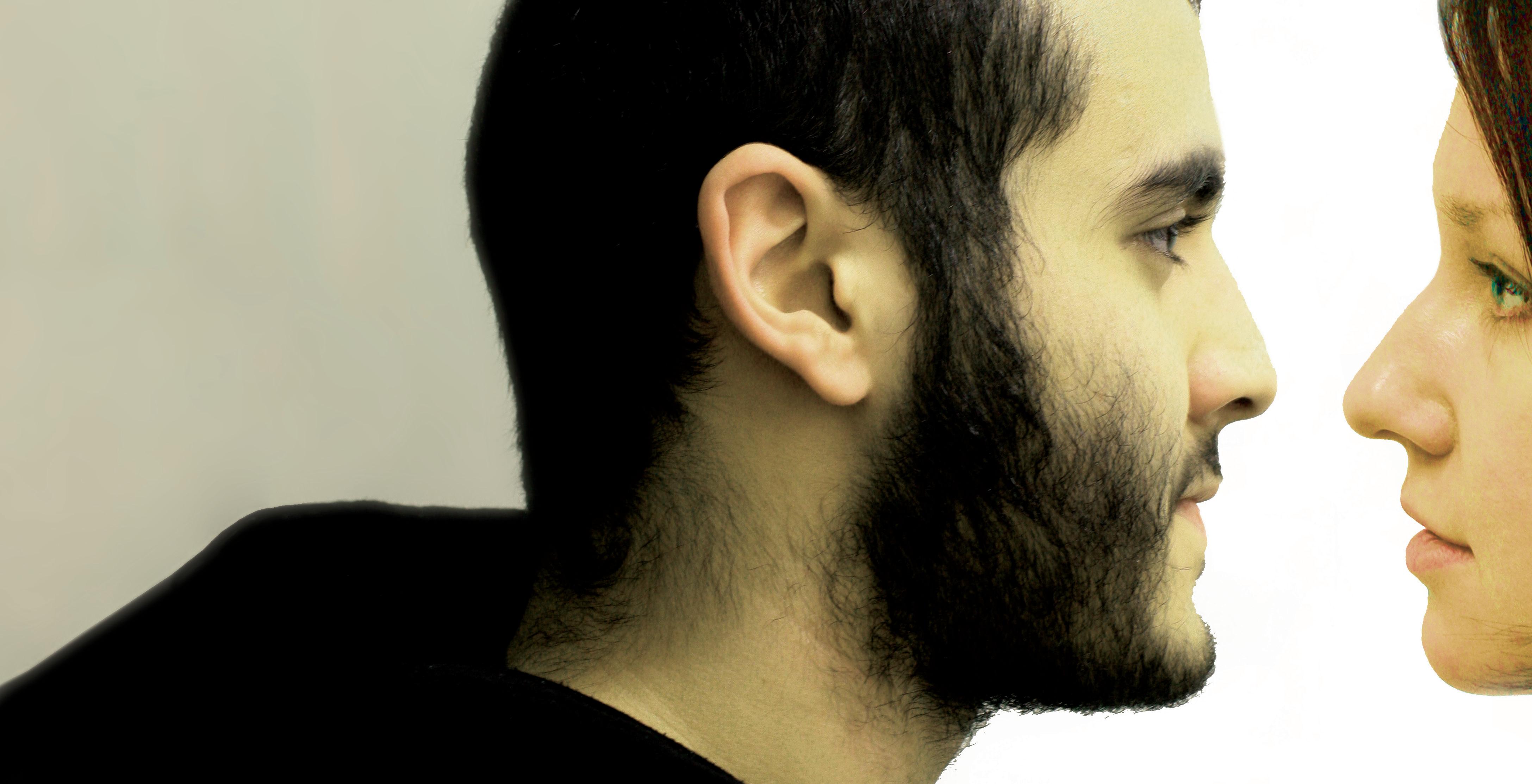
Ecumenical Journal , 2012/Gender
World Student Christian Federation Europe Region
29
Mozaik (established in 1992) is the ecumenical journal of the World Student Christian Federation (WSCF, 1895) Europe Region, published two to three times a year. It aims to reflect the wide variety of opinions and viewpoints present among the different Student Christian Movements (SCMs) in ecumenical dialogue. You can find us Online at www.wscf-europe.org.



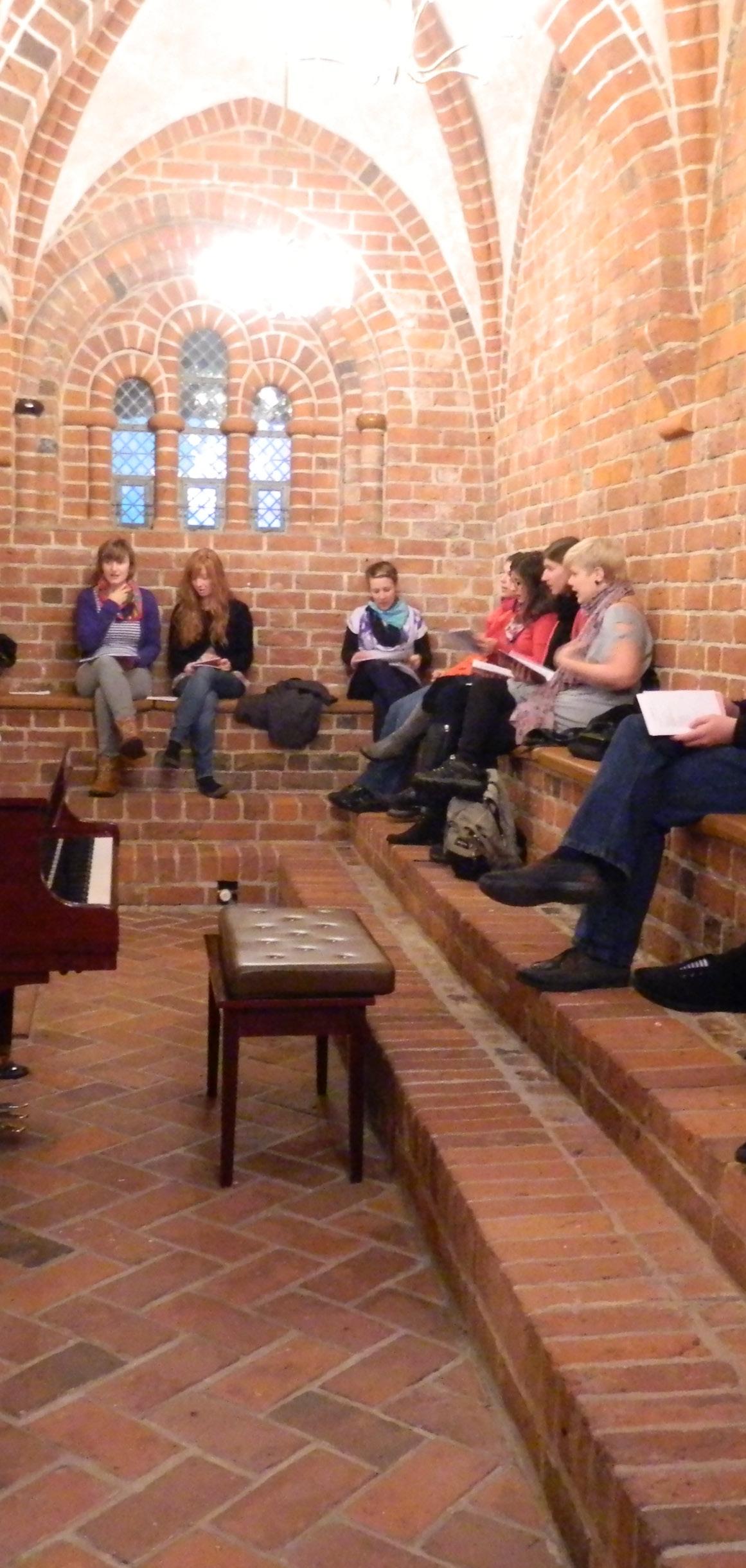
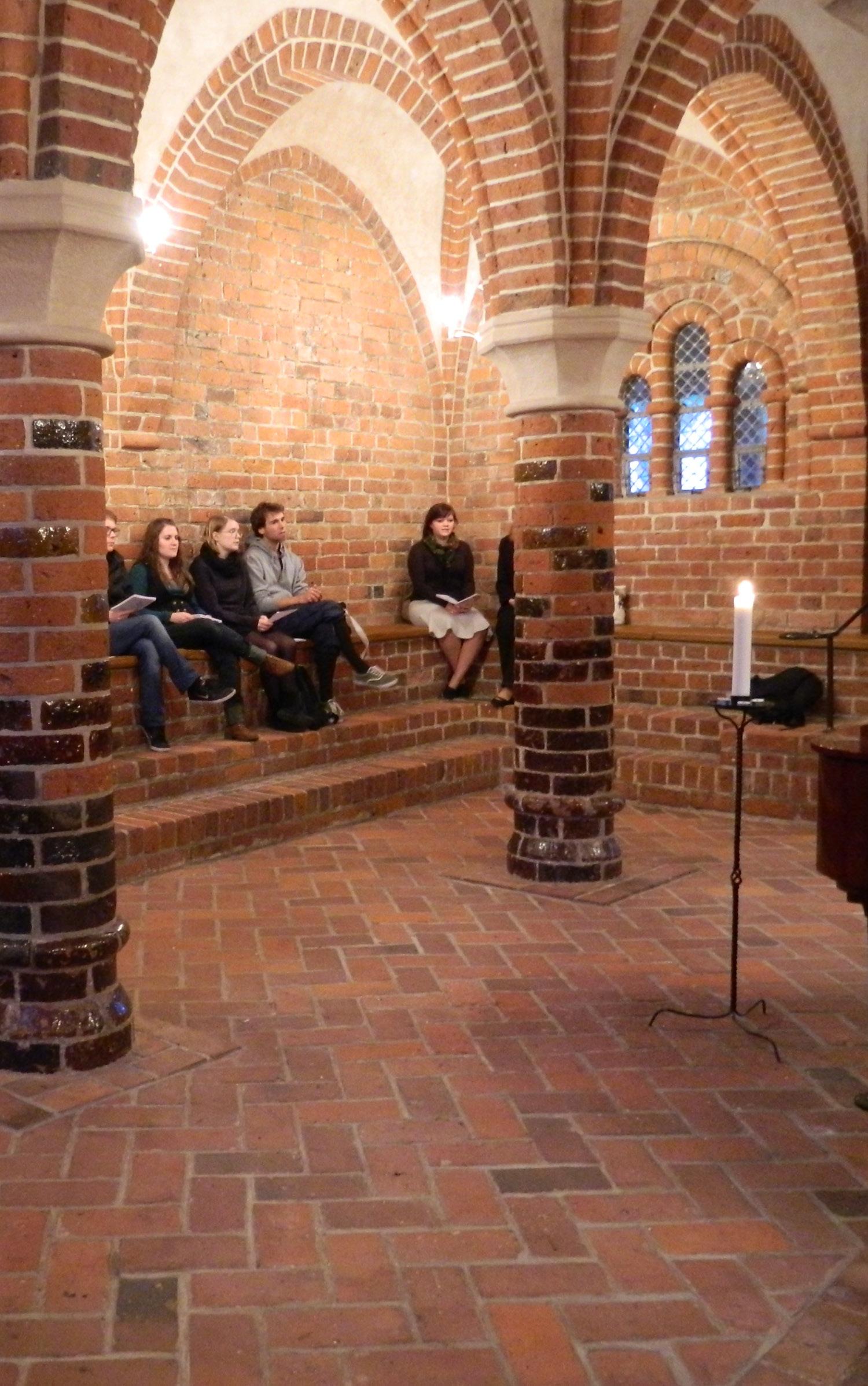
This issue of Mozaik follows the WSCF Europe gender conference “Communicating Gender: Gender Identities in a Globalised Europe”, which was supported by the European Commission, the European Youth Foundation of the Council of Europe and our Danish partners (Studentermenighede i Aarhus, Vandborg Menighedsråd, Roskilde Mellemkirkelige Stiftsudvalg, Aarhus Mellemkirkelige Stiftsudvalg, Haderslev Mellemkirkelige Stiftsudvalg, and Dioceze). WSCF Europe also receives support from several other church related agencies and from the General Budget of the European Communities. The contents of this publication reflect the views only of the authors, and not the opinions or positions of WSCF as a whole, the editorial board, the Council of Europe, the European Commission, or the other donors and church-related agencies. Neither the European Commission, the Council or Europe, nor the other donors can be held responsible for any use that may be made of the information contained therein.
Editor-in-Chief:
Paweł Pustelnik (Cardiff, UK)
Editor:
Jill Piebiak (Alberta, Canada)
Art Editor:
Maria Bradovkova (Slovakia)
Address:
Storkower Straße 158 #710 D-10407
Berlin, Germany
ISSN 1019–7389
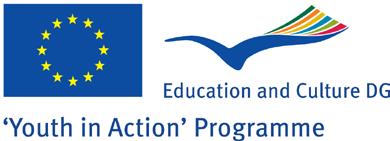
Illustrator:
Maria Bradovkova (Slovakia)
“I find it ridiculous to assign a gender to an inanimate object incapable of disrobing and making an occasional fool of itself.”
― David Sedaris, Me Talk Pretty One Day
“... that gender is a choice, or that gender is a role, or that gender is a construction that one puts on, as one puts on clothes in the morning, that there is a ‘one’ who is prior to this gender, a one who goes to the wardrobe of gender and decides with deliberation which gender it will be today.”
― Judith Butler, Gender Trouble: Feminism and the Subversion of Identity
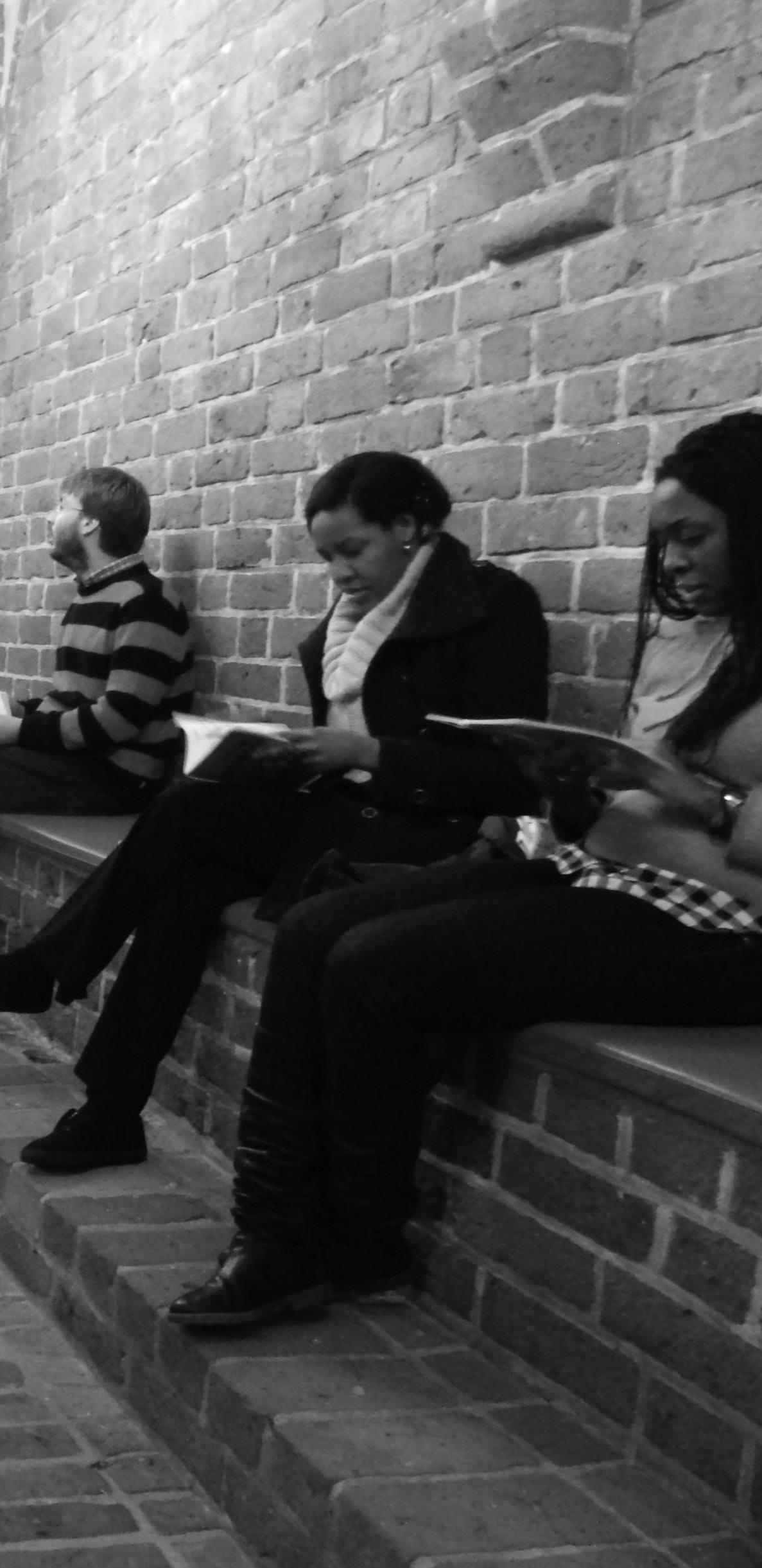
“Life for both sexes—and I look at them, shouldering their way along the pavement—is arduous, difficult, a perpetual struggle. It calls for gigantic courage and strength. More than anything, perhaps, creatures of illusion that we are, it calls for confidence in oneself.”
― Virginia Woolf, A Room of One’s Own
“War is what happens when language fails.”
― Margaret Atwood, The Robber Bride
1
OFTEN words do not come easy and gestures are more natural. However, usually we communicate through language and it is the measure to express our thoughts.

In this issue of Mozaik, we have been trying to show the diversity that every language offers to its users. The possibilities but also the traps that we experience in a gender sensitive reality can be found everywhere. When you try to add a religious component to that uneasy setting, language becomes a powerful tool. That is why we wanted to share more reflexive pieces and wonderful poetry by Steven Canning and Marta Gustavsson. Sometimes it is just easier to turn towards creativity to convey a message that a multitude of words would blur.
Sadly enough, language is often used as tool of manipulation or violence. The ‘hatred pollution’ in language reaches unprecedented levels and often the only opposition is political correctness or silence. As young Christians, witnesses and agents of change, we are the ones who need to oppose those tendencies. This resistance is a universal principle that can be implemented with a spirit of solidarity in each and every place. The empowerment that language gives is an instrument that is to be used for affirmative defence against the death of positive communication.
I am privileged to express my gratitude to Miklós Szalay who has been Mozaik’s Art Editor for the last eight years. His creativity and patience have been always impressive. I am happy to say welcome to Maria Bradovkova who has been selected as the new Art Editor. As you can see, we decided to freshen up the layout. Yes, spring is just around the corner! Last, but not least, from now on, you can read and comment the articles that are published on paper also Online at www.wscf-europe.org. Make sure that you share those you like the most!
|29 2
EDITORIAL
THE ESCHATOLOGICAL CLOSET
Marta Gustavsson
SHE, ALPHA MALE
Stephen Canning FROM THE ARCHIVES
Eva Danneholm
A BABY NAMED STORM AND THE CASE FOR A NORMATIVE PATTERN FOR GENDER
Nick Schuurman
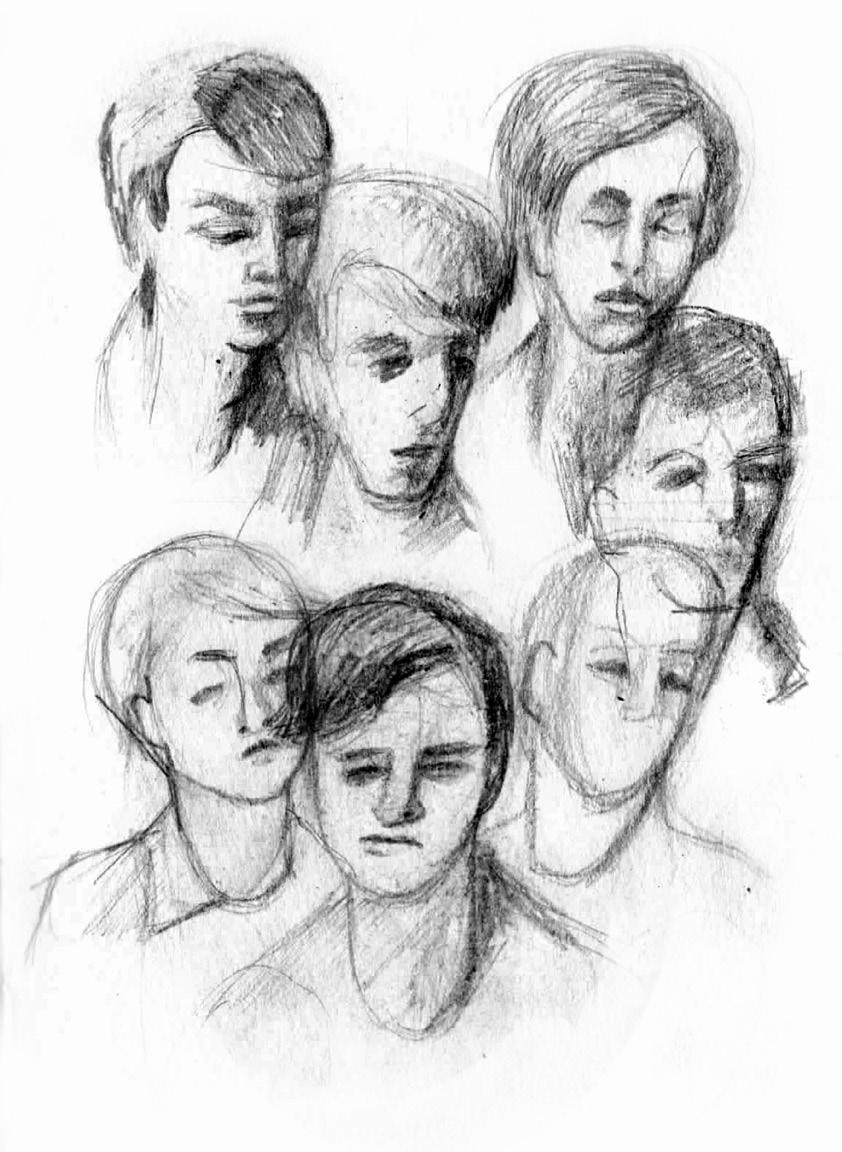
IS GOD A ‘HE’ OR A ‘SHE’?
JoAnne Lam
MY FAITH, MY GENDER
Kathy Galloway
HOMOEROTICISM AND THE BIBLE: TIME FOR A FRESH APPROACH
Kjeld Renato Lings
WOMEN AND THE 16TH CENTURY
Jens Christian Kirk
AN UNCONVENTIONAL BIBLE STUDY
Martin Bonde Christensen
MY FAITH, MY GENDER: A CONVERSATION
Kathy Galloway
A BIBLE STUDY ON GENDER
Dzmitry Bartalevich
WOMEN’S ROLE PATTERNS IN FAIRY TALES:
“HOW DOES CINDERELLA FIND HER BOOTS TODAY?”
Márta Várnagyi
WORSHIP FROM THE “COMMUNICATING GENDER” CONFERENCE
BUDAPEST TO BERLIN
WSCF Europe Office
GOING DEEPER IN UNITY
Gabriela Bradovkova
SEMINAR ON ECUMENICAL STUDENT
WORK IN EUROPE
Gaute Brækken
CALL FOR SUBMISSIONS
6 7 8 9 12 16 22 27 34 37 39 44 46 50 52 54 56 1 | Think 2 | Know 3 | Resources 4 | Federation
3 Mozaik 29
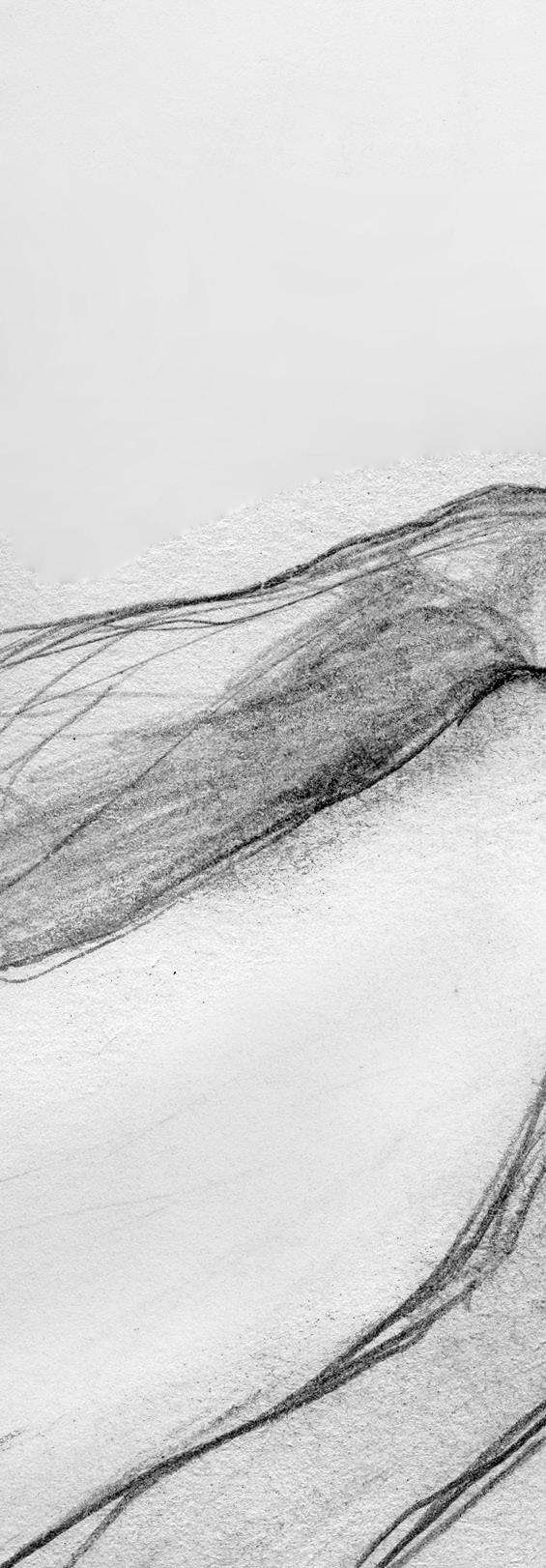
3 | Resources 34 AN UNCONVENTIONAL BIBLE STUDY Martin Bonde Christensen 37 MY FAITH, MY GENDER: A CONVERSATION Kathy Galloway 39 A BIBLE STUDY ON GENDER Dzmitry Bartalevich 44 WOMEN’S ROLE PATTERNS IN FAIRY TALES: “HOW DOES CINDERELLA FIND HER BOOTS TODAY?” Márta Várnagyi 46 WORSHIP FROM THE “COMMUNICATING GENDER” CONFERENCE
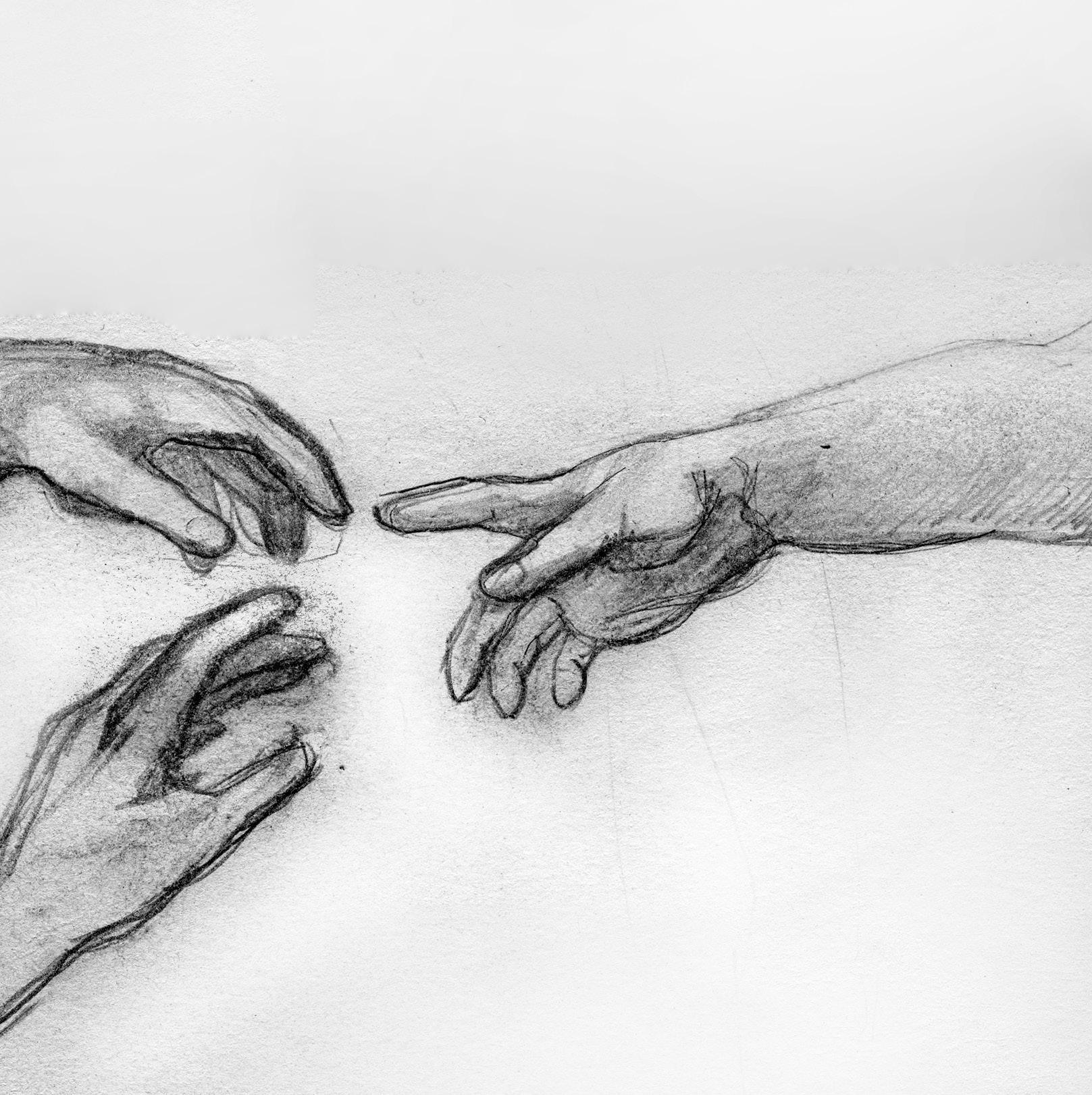
Martin Bonde Christensen
(1979) has studied theology in Aarhus, Denmark, and Heidelberg, Germany. Since he has finished his degree in Theology, he has been working as a Folk High School teacher at Løgumkloster Højskole, where he recently resigned to become a minister in the Lutheran Church. From 2008-2011 he was the chairperson of the Danish SCM. Email: bondemartin@ gmail.com.
Martin Bonde Christensen

An Unconventional Bible Study
The main goal of this unconventional Bible study is to open our eyes to the prophetic-critical nature of biblical texts, their ability to question our ways of thinking about society. It also aims at opening our eyes to gender roles in the dialectic relation between history (past and present), culture (culture in biblical time and different participants’ cultures) and society (building upon the two first categories). Does God play a role here?
The Bible Study Breakdown:
⦁ A programme common to all (35 minutes)
⦁ Small groups: Music, Painting, Dancing, and Drama (45 minutes)
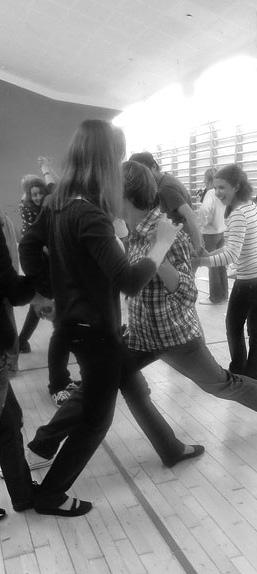
⦁ Plenary discussion (15 minutes)
We will use a biblical text for the Bible study – this text should be chosen carefully. It should be about genderroles, about how society is put together, and about how God changes life. The Bible passage chosen for this study is John 11: 1-44 – Jesus raises Lazarus from death.
Build the Bible scene in one room, where everybody can fit. The room will be crazy with music, discussions, dancing and painting all in the same room so make sure it is big enough for everyone.
The Room: Four scenes
Set up the room according to the passage in the Bible. Be creative and use furniture, blankets and imagination to make the setting.
34
Have the river Jordan running through the room and set the scene around it. Each small group will be given an area in the room to perform in.
On the North side of the Jordan River, where John baptized – a symbolic river that can be crossed to change things, set a place of refuge. Here the disciples are gathered at the beginning of the story, after fleeing there. Dancing Group.
The middle of the room represents the outskirts of Bethany, where Jesus meets first Martha, then Mary. It should be an open space, which is neutral in the way that it is between the three other groups and becomes the place where the characters of the story meet. Drama Group.
In the south side of the room build the home of Martha and Mary. The women in the story are hidden there – it is their own tomb that Jesus brings them out of when he comes to Bethany. Music Group. Towards the west side of the room set up the tomb/ grave. This is where the light comes from and Lazarus awakens. Painting/Drawing Group.
COMMON PROGRAMME (35 MINUTES):
1. Introduction and explanation by the leader to the group (10 minutes).
Biblical material: John 11: The awakening of Martha and Maria’s brother, Lazarus.
⦁ There are three or four main characters in the story. They are round characters, which change during the story. The rest of the characters in the story are flat characters. They are stuck in their own world-view. They are afraid. They don’t bring development – in fact their main function is to be incompetent opposition. We, the readers, know better than they do!!
⦁ Certain problems should be taken in to consideration during the reading of this story:
» Are the texts communicating gender? The main
difference between people in the Gospel of Luke is not that of male/female, but rich/poor.
» Are we creating inequality while talking so much about equality?
» We are choosing texts to liberate females. What about liberation of males?
» Why do we engage in feminism, when we are talking about gender?
⦁ Biblical stories can be liberating, but they can also be hard to interpret. However, when seeing the biblical texts as narrative – and not as dogmatic – they gain relevance and are easier to understand.
⦁ What should members of the group do?
» Be open-minded. Don’t be afraid: You can do nothing wrong, since you are part of the story.
» Forget about theology and dogmatisms and just relate to the story as any other narrative piece of work.
» You are not doing any of this to create a play, a piece of music, a painting or a performance. You are doing it, because your body can also interpret a biblical text. Your feelings can interpret. And of course your feelings are very subjective – but so is academic Bible study and sometimes it is better to be clear about your own personal viewpoint in relation to the text.
2. Get into the scene/the biblical story (10 minutes)
1. Play piece of music fitting to the story and time. Have people dance through out the room to get into the ‘mood’ of the story.
2. Retell the biblical story in your own words. Using the story explain the set up in the room (the Jordan River, the house, the tomb, etc).
3. Read the passage from the Bible.
3. Each person must find his or her role in the story. For example a character, a thing, a feeling/mood, a phenomenon, or… (5 minutes)
35 Mozaik 29
A.
B.
C.
D.
DIVIDE INTO GROUPS AND RE-TELL THE BIBLE STORY SLOWLY AND ELABORATELY. ALLOW TIME FOR EACH PERSON TO REPRESENT HIS OR HER ROLE (45 MINUTES).
Each person continues to represent his or her role in the story regardless of which group he or she chose to be a part of.
1. Music
2. Painting
3. Dancing
4. Drama
Give instructions to each group (these can be printed onto paper and found in their section of the room) on what tools they have to use in their section. The music group has instruments to tell their story in their role. The painting group has paints/pencils/etc to illustrate their role. The dancing group has their body and the space of the room to interpret the story through dance. The drama group has a few basic costumes to act out their role in the story.

PLENARY DISCUSSION (10 MINUTES):
Have the group answer the multiple choice questions by dividing the room up into four “feeling sections” and after asking each question have people move to the space that represent the statements.
How did acting this story out make you feel?
» I felt locked and unable to express myself.
» I felt some energy, a little hope, but I didn’t man age to move further.
» I felt empowered. I felt my role taking active participation in world-changing events.
» I felt the story opened up new layers of reality.
How does this story relate to traditional gender roles?
» Gender roles in this story reflect a typical ancient Jewish perspective.
» Gender roles are changing, but males mainly dominate the story.
» Gender roles turn upside down. The women act as equals – but not as liberators.
» Gender roles turn upside down. Women and men are equally dominant – or some women and men are equally dominant.
Have time available for general discussion. █
36
Martin Bonde Christensen: An Unconventional Bible Study
Kathy Galloway
is an ordained Church of Scotland minister and was, in 2002 the first woman to be elected leader of the Iona Community. Kathy is currently based in Glasgow where she leads the team and represents Christian Aid at a national level.
 Kathy Galloway
Kathy Galloway
My Faith, My Gender: A Conversation
SONG:
God beyond all names, never fully known Mystery of mysteries, calling us Your own
Words and music by John L Bell, ‘We Walk His Way: Shorter songs for worship’, (Wild Goose Publications, 2008), ISBN 978-1-9050-55-4.
Structured Conversation (people in small groups)
30 minutes
Read ‘I Will Praise God my Beloved’ (text below). Pick one word that you remember from this Psalm. Share it with your group.
What feelings can you identify on hearing this read?
Are there images it brings to mind? What circum stances can you imagine reading this in, either individually or collectively?
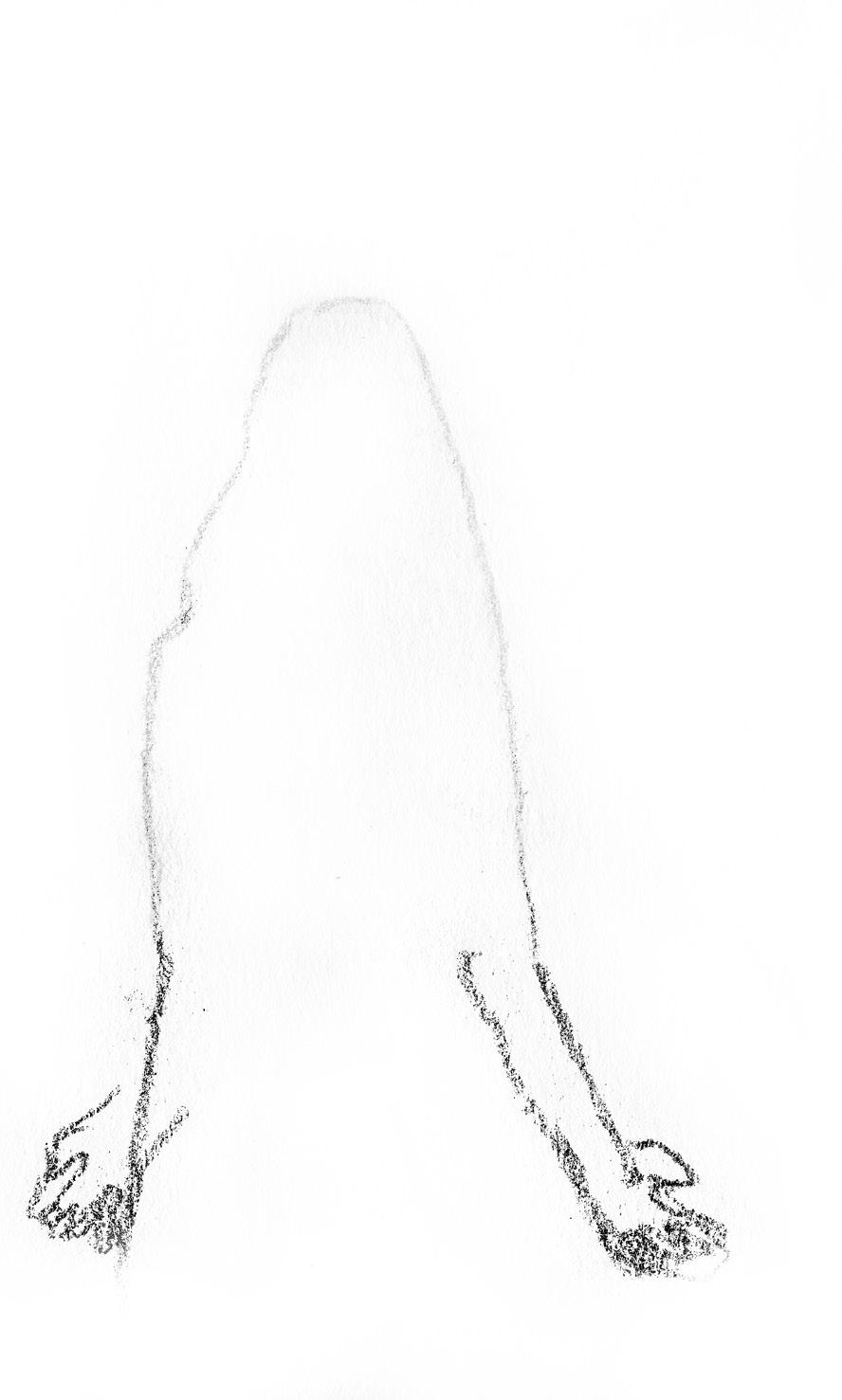
Do you think that this Psalm could be disturbing to anyone, and why? If you are a woman, how do you think a man might hear it? If you are a man, how do you think a woman might hear it?
In what ways do you think your faith is gendered, personally and in your faith community? Is there anything you would change about it if you could?
1.
2.
3. 4. 5.
37 Mozaik 29
I Will Praise God, My Beloved
I will praise God, my Beloved, for she is altogether lovely.
Her presence satisfies my soul: she fills my senses to overflowing so that I cannot speak. Her touch brings me to life; the warmth of her hands makes me wholly alive.
Her embrace nourishes me, body and spirit; every part of my being responds to her touch.
The beauty of her face is more than I can bear; in her gaze I drown.
When she looks upon me I can withhold nothing;
when she asks for my love all my defences crumble; my pride and my control are utterly dissolved.
O God, I fear your terrible mercy; I am afraid to surrender my self.
If I let go into the whirlpool of your love, shall I survive the embrace?
If I fall into the strong currents of your desire, shall I escape drowning?
But how shall I refuse my Beloved, and how can I withdraw from the one my heart yearns for?
On the edge of your abyss I look down and I tremble; but I will not stand gazing for ever. Even in chaos you will bear me up;
if the waters go over my head, you will still be holding me up.
For the chaos is yours also, and in the swirling of mighty waters is your presence known.
If I trust her, surely her power will not fail me; nor will she let me be utterly destroyed.
Though I lose all knowledge and all security, yet will my God never forsake me;
but she will recreate me, in her steadfast love, so that I need not be afraid.
Then will I praise my Beloved among the people, among those who seek to know God.
38
- C. Janet Morley, “All Desires Known”, (SPCK, 1992), ISBN 0-281-04591-7.
Kathy Galloway: My Faith, My Gender, A Conversation
Dzmitry Bartalevich

A Bible Study on Gender
Compare the two accounts of creation (Genesis 1: 26-28 and 2: 7, 15-24). What do they say about the relationship between men, women and their creator God? What does it mean for you to be made in God’s image?
“There is neither Jew nor Greek, slave nor free, male nor female, for you are all one in Christ Jesus”. (Galatians 3: 28) What does it mean to be “one in Christ Jesus”? What bearing, if any, does this teaching have on gender issues today?
“From him the whole body, joined and held together by every supporting ligament, grows and builds itself up in love, as each part does its work”. (Ephesians 4: 16). Consider gender issues in the light of the teaching that all are members of the Body of Christ. How do you feel about women in roles of ministry?
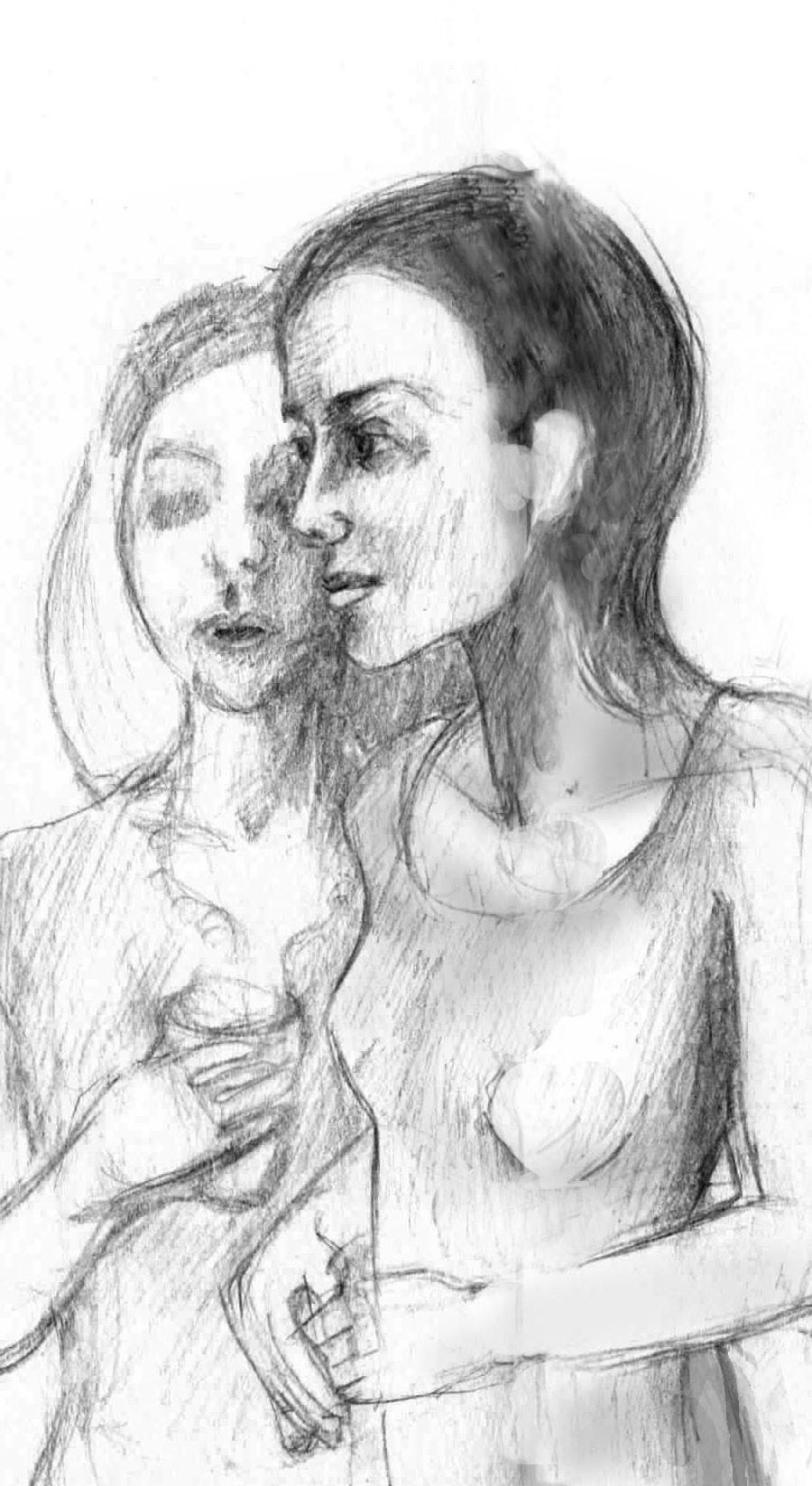
Try to analyse the portrayal of women in the Gospel of John, this may help you:
Recently, the issue of “women in ministry” has had a high profile in many churches. There is agreement that women, like men, are called to minister within the church and to the world. The debate focuses on the nature of ministry and the forms of expression appropriate for women.
Those who believe the Bible restricts the public ministry of women appeal to texts such as 1 Timothy 2: 1112, 14 and 1 Corinthians 14: 34. Those who favour the unrestricted ministry of women counter with Galatians 3: 28, Romans 16: 1-3, 6, 12, Philippians 4: 2-3 and 1 Corinthians 11: 5.
Dzmitry Bartalevich is a Belarussian student who has been participating in many WSCF events.
39
Dima likes preparing Bible studies and workshops.
1.
Mozaik 29
2. 3. 4.
Nowhere in John does Jesus explicitly teach about the roles and nature of women. Rather, we are left with an implicit commentary by John, who portrays women as active, innovative ministers of the Kingdom. We are given only indirectly Jesus’ attitude toward women, as revealed by his words and actions: the Johannine Jesus affirms them in roles that were unusual and often unacceptable within that culture.
Jesus and the Samaritan Woman
In the story of the Samaritan woman, Jesus crosses both social and religious barriers (John 4: 4-42). While much attention has been given to this aspect of the story, few have pondered the significance of Jesus conversing with not only a Samaritan, but a Samaritan who was a woman.
John’s story reveals a certain sensitivity and a deep respect for women which is evident in his selection and portrayal of incidents in Jesus’ life. The Johannine Jesus is not presented as seeking to modify the feminine role prevalent within Judaism; rather, Jesus seems to ignore it altogether as he calls women to public ministry and affirms them in the face of male opposition.
Although Jesus did not systematically spell out his teaching on women, his manner of treating women demonstrated his personal attitude toward them. The implications of his encounters with women point to the role he expected them to assume as equal partners with men. Some of the greatest conversations ever reported between Jesus and women are found in John’s Gospel:
⦁ Jesus has a theological discussion with the Samaritan woman in which he reveals his identity as the long awaited Messiah.
⦁ Jesus has a searching talk with Martha concerning the resurrection.
⦁ Jesus chooses to send the message of his resurrection to his disciples through Mary Magdalene.
5. Explore these three stories
Jewish society frowned upon conversation between male and female. This was particularly true of Samaritan women, who were deemed perpetually unclean. The laws of purity declared “the daughters of the Samaritans are menstruates from their cradle”. The Samaritan woman’s surprised reaction to being addressed by Jesus is evident (4: 9). The latter part of the verse is often translated “for Jews have no dealing with Samaritans”. The verb sugchrontai alludes to the cultic code that forbade a Jew to eat or drink from the vessel of an unclean person such as a Samaritan, and especially a Samaritan woman whom they considered a perpetual menstruant. The Samaritan woman’s shock is understandable as Jesus requests a drink from her vessel.
When the disciples return, they are shocked to see Jesus and the Samaritan woman in conversation. The Greek does not attribute the disciples’ shock to the fact that Jesus was talking to “the woman” but rather “a woman.” The attitude of Aboth Rabbe Nathan is typical of rabbinic thought when he says; “One does not speak with a woman on the street, not even his own wife, and certainly not with another woman, on account of gossip”.
The Samaritan woman immediately believes in Jesus as Messiah. She leaves her water jar and heads toward the village to give witness to this great revelation. Significance can be attached to the woman leaving her water jar when one considers the call of other disciples which involved leaving fishing boats and tax booths.
The concluding verses tell of the Samaritan woman’s witness to her village (4: 39-42). The importance of
40
Dzmitry Bartalevich: A Bible Study on Gender
“The Johannine Jesus affirms women in roles that were unusual and often unacceptable within that culture”.
her work is reinforced when Jesus says to the disciples, “I sent you to reap what you have not worked for. Others have done the hard work, and you have reaped the benefits of their labour” (38).
Jesus and Martha of Bethany
The second great conversation Jesus has with a woman is with Martha of Bethany (John 11). While the climactic miracle in this story is the raising of Lazarus, John gives great prominence to Mary and Martha throughout the
narrative. Rather than attempt a detailed examination of the entire passage, this study will focus on the way the author portrays Martha.
John introduces the three characters involved in the narrative in verse 1. It is of note that he portrays Lazarus in terms of his relationship to Mary and Martha. It seems likely that in the eyes of the Evangelist, both Martha and Mary were more prominent than Lazarus. The author obviously expects the story of Mary’s anointing of Jesus to be familiar to his readers since he refers to it in 11: 2 but has not yet narrated the event itself (cf. 12: 1-8). Jesus names Martha, Mary and Lazarus as objects of Jesus’ love (5). The only other individual in John of whom this is said is the Beloved Disciple. Witherington feels that this implies that Mary and Martha as well as Lazarus were disciples of Jesus.1
Already in verse 3 the narrator encourages us to see Mary and Martha as persons of faith. The message they send to Jesus telling him of Lazarus’ illness hints that they believe only Jesus can deal with their drastic situation.2 This impression is strengthened when Martha tells Jesus that if he had been there her brother would not have died. Martha’s response to Jesus’ assurance that her brother will rise again (verse 23) gives evidence of her theological awareness, expressing the belief of Pharisaic Judaism in the resurrection of the dead at the last judgement. It is at this point that Jesus attempts to move Martha from her affirmation of traditional eschatological expectations to a realization that he is the one who fulfils Jewish expectations.
Jesus addresses one of his “I am” sayings to a woman, and Martha responds with a climactic confession of Jesus as “the Christ, the Son of God, who was to come
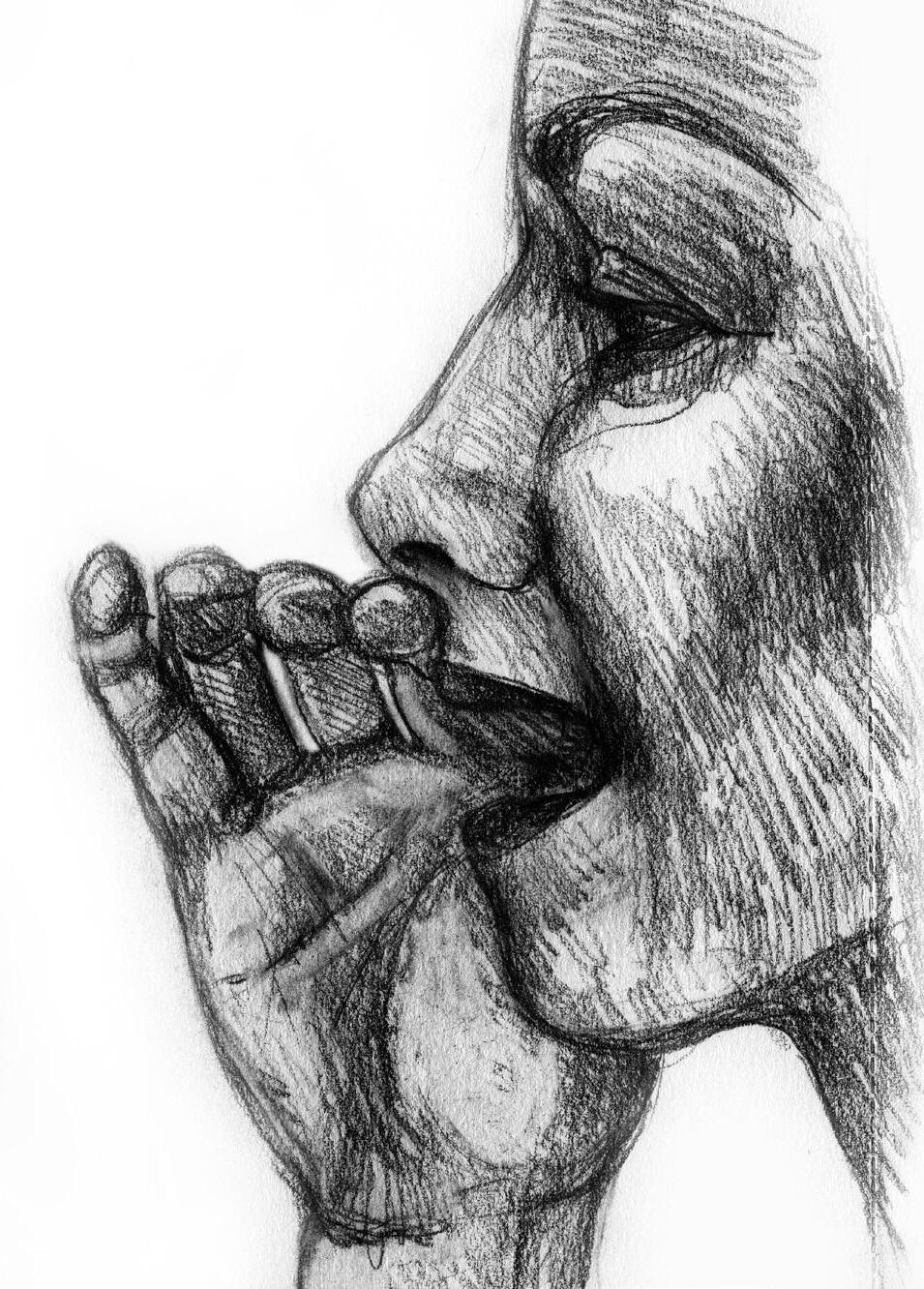
41
1 B. Witherington, Revelation: New Cambridge Bible Commentary, (Cambridge University Press, New York: 2003), 109.
Mozaik 29
2 B. Witherington, Revelation: New Cambridge Bible Commentary, (Cambridge University Press, New York: 2003), 108.
into the world” (27). Her confession is similar to Simon Peter’s great confession in Matthew 16: 15-19, which has often been viewed as related to his position of leadership. In fact, this is the closest parallel to Peter’s confession found anywhere in the Gospels.
Jesus and Mary Magdalene
The goal and apex of John’s Gospel is reached in chapter 20: 1-18. Here we find the ultimate revelation of Jesus’ identity as the resurrected Christ, the Son of God.
Mary Magdalene comes to the tomb of Jesus in the early morning hours. Having discovered the empty tomb, she runs to tell Peter and the Beloved Disciple. After viewing the empty tomb, the Beloved Disciple “believed” (8). This is difficult to reconcile with verse nine: “They still did not understand from Scripture that Jesus had to rise from the dead”. Paul Minear solves this dilemma by arguing that the belief of the Beloved Disciple was not in the resurrection of Jesus; but rather, that having seen the evidence himself, he finally believed Mary Magdalene’s report.3 Since the witness of a woman was not considered credible within that particular cultural context, it is possible that John wanted to highlight the Beloved Disciple’s belief in the report of a woman!
Upon encountering the resurrected Jesus, Mary is commissioned to tell Jesus’ brothers the news of his resurrection. Mary eagerly proclaims the message of the risen Jesus to the disciples, and the disciples believe Mary’s testimony. This is consistent with John’s portrayal of Jesus’ appearance to the disciples in verse 20 where he does not record surprise or shock on their part.
Reflections on women in John
It is through John’s portrayal of Jesus relating to women that we gain insight into both Jesus’ and the Evangelist’s attitude toward women. Rather than assuming that
women have similar characteristics and tendencies, and formulating rules designed for women only, Jesus treats them as unique and valuable individuals. Nowhere does he condescend to flatter women, but rather he demands as much from them as from men. Jesus’ approach to women is revolutionary considering the cultural norms of his day.
None of the women in John except Mary the Mother of Jesus and Mary the wife of Cleopas are described in relationship to men. In fact, John does just the opposite as he defines Lazarus by his relationship to Martha and Mary! Rather than viewing women in terms of their roles of wife, mother and housekeeper as was common within Jewish culture, the Johannine Jesus views them as individuals capable of making important decisions and commitments. Instead of seeing women primarily in terms of their sex or marital status, Jesus views them in terms of their relationship to God.
Unlike men in his culture who avoided the presence of women for fear of being seduced, Jesus associates freely with women. He has close friendships with women not related to him, like Mary and Martha, and even holds an extended private conversation with a Samaritan woman of ill repute. Instead of blaming women for male lust, Jesus implies that it is men’s responsibility to discipline their thoughts rather than denying women access to public life.
One of the most radical aspects of Jesus’ behaviour towards women is his willingness to teach them. While rabbinical thought considered it inappropriate to involve women in intellectual instruction, Jesus teaches women personally. He assumes that women are capable of learning and understanding the theological truths that he presents to them, and able to engage in theological debate. Jesus is willing to risk public scandal
Dzmitry Bartalevich: A Bible Study on Gender
42
3 P. Minear, Images of the Church in the New Testament, (The Westminster Press, Louisville: 2004), 127.
in order to instruct women. John further affirms women in their intellectual capacity as he presents them as valid witnesses of the truth about Jesus. It is through the witness of the Samaritan woman that the people of Sychar are introduced to Jesus. More importantly, it is Mary Magdalene who is entrusted with the truth of Jesus’ resurrection and commanded by the risen Jesus to be a witness of that truth to the disciples.
In summary, we observe that women in the Fourth Gospel are presented positively and in intimate relation with Jesus. Kopas points out that there “are enough examples of lack of comprehension of a person’s relationship to God among the men who follow to make his encounters with women all the more amazing”.4 Women are portrayed as comprehending the teaching of Jesus and responding enthusiastically and appropriately. They are women who are not afraid to take initiative in their relationship with Jesus, and the Evangelist presents Jesus as affirming these women in their unconventional roles. In fact, Schneiders states that, “if leadership is a function of creative initiation and decisive action, the Johannine women qualify well for the role”.5 Jesus pays no heed to the views of women common in his time. Rather, he enters into theological discussion with women, affirms them in their public proclamation of his revelation, values them as close friends and chooses them to be witnesses to the truth of his resurrection.
6. Could the praying be adapted to use inclusive langauge? What would be the drawbacks/ advantages?
7. How do you feel about the use of male-gendered language (he, him) to refer to God? Is any nongendered language available?
8. Sometimes the Holy Spirit is envisioned as female. Are you comfortable with this? Why (or why not)? █
4 J. Kopas, Seeking the Hidden God, (Orbis Books, New York: 2005), 202.
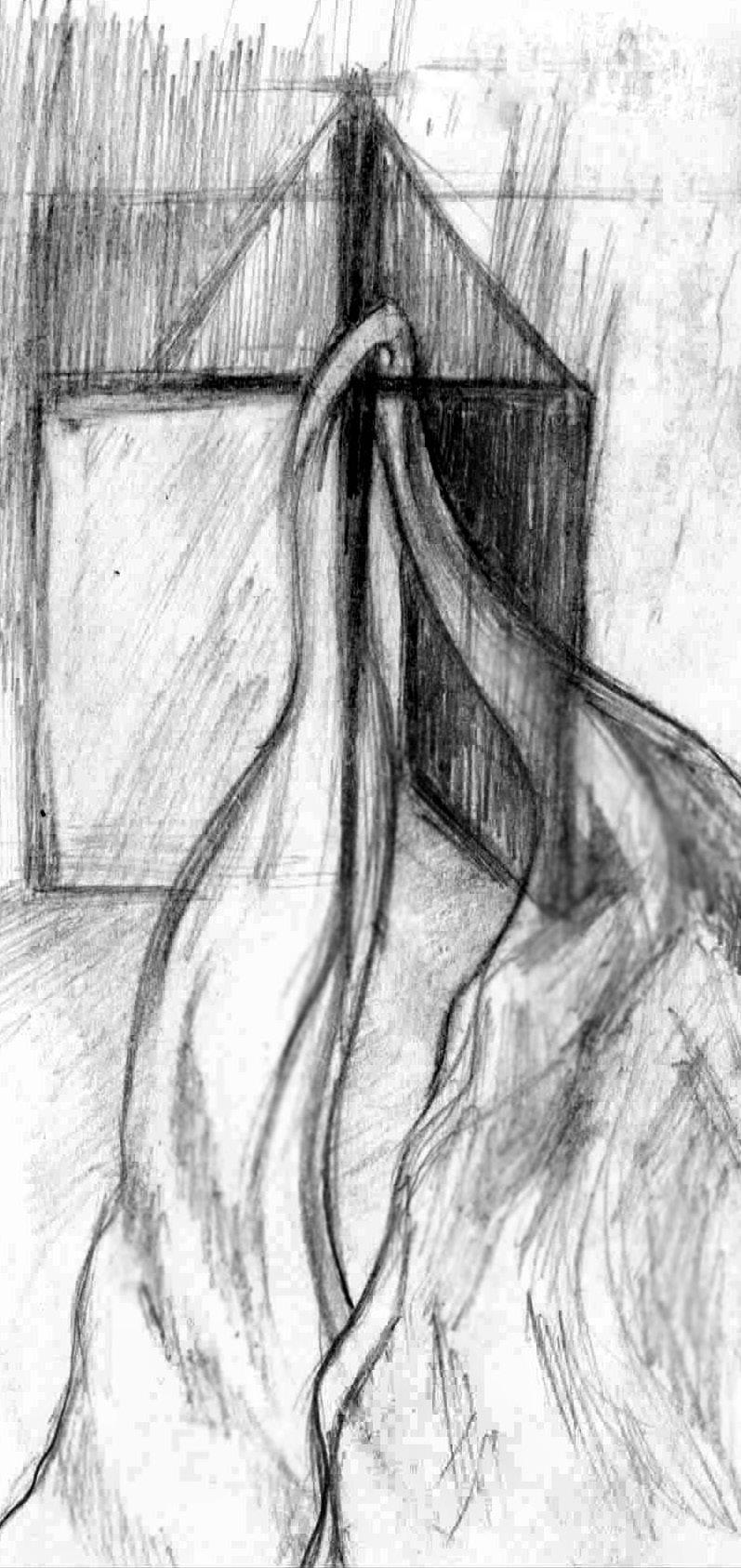
43
Mozaik 29
5 S. Schneiders, Prophets in Their Own Country: Women Religious Bearing Witness to the Gospel in a Troubled Church, (Orbis Books, New York: 2011), 39.
Márta Várnagyi
When Márta is not reading, hiking or planting, she is studying an International Relations Masters in a German language University in Budapest, writing articles and taking a slow speed PhD in literature theory in contemporary feminist literature criticism. Márta serves as well as the gender programme coordinator on WSCF European Regional Committee. Email: eventscoord2@wscfeurope.org.
Márta Várnagyi

A Women’s Role Patterns in Fairy Tales: “How Does Cinderella Find Her Boots Today?”
This workshop will make participants sensitive to the problem of the traditional gender roles represented in tales. Female archetypes in literature strongly influence our ideas about gender roles. During the teamwork portion of the workshop, the participants are investigating female aspects of fairy tales and their effects on the everyday choices of our life. Based on the Cinderella story: changing the subject of a story can mean being able to change the subject of our own lives.
Participants: 5-10 enthusiastic people.
Tools: A set of pictures showing skinny models, pop stars, businesswomen cut-out from lifestyle magazines, scissors, paper, glue, a blackboard or large piece of paper.
Duration: 90 min (or as long as the discussion takes).
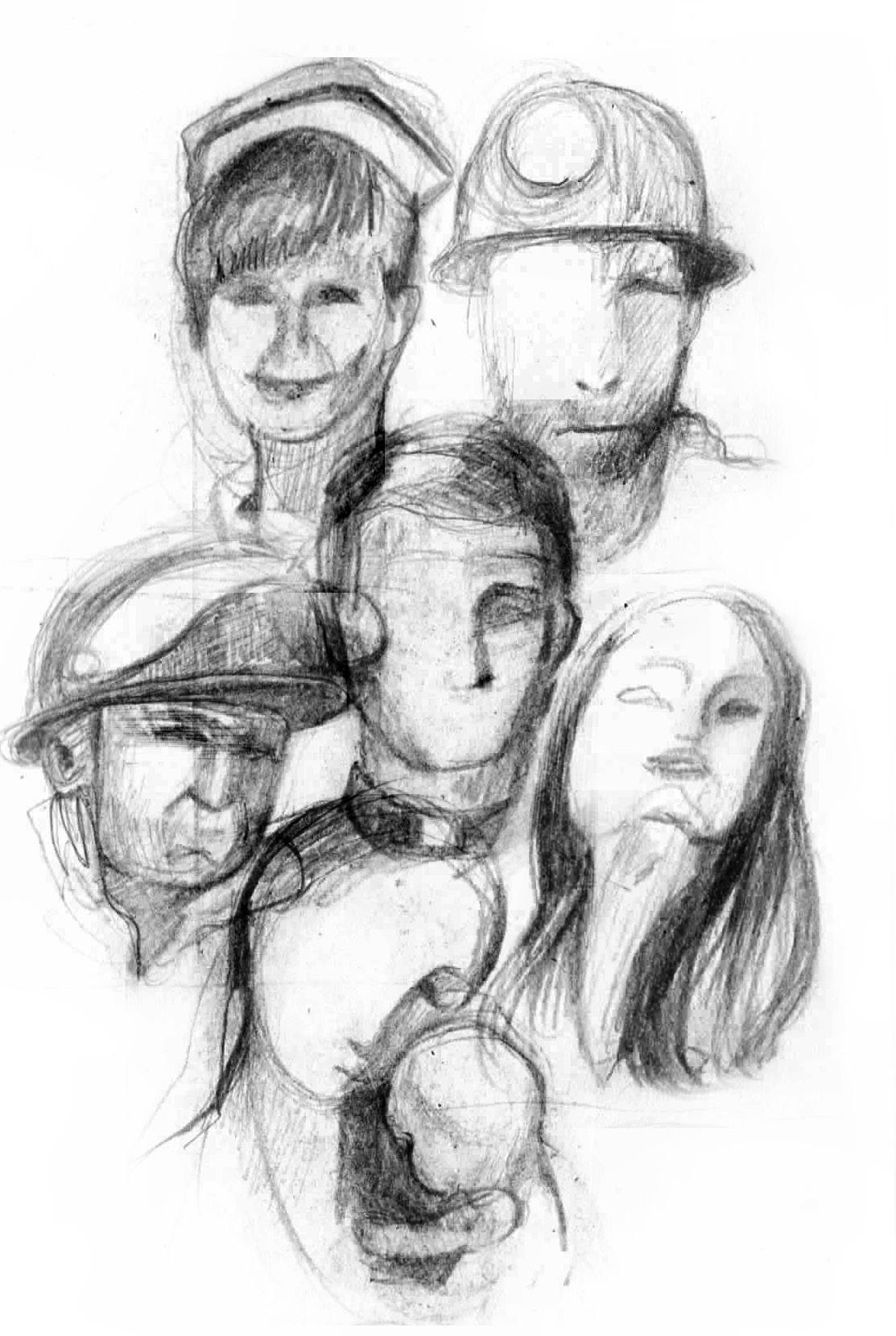
Introduction: A journey based on a personal story of the workshop leader explaining the premise of the workshop (example below).
During the Christmas fever I had to look after the sons of my friend. After eating the obligatory ice cream we went in a shopping centre to hide from the cold winter wind and to have some fun. As a practicing nanny, I made a huge mistake: I suggested going into a toyshop. The boys were lost, they wanted to have everything, and
44
they kept me asking whether Jesus could bring them this match box or that Lego pirate island under the Christmas tree and if yes how does he or his angels manage to do this. As they were asking me these complicated questions we were walking between the shelves; the boys consequently just skipped and ignored the right side. The right shelves were painted pink; they were full of Barbies, gold flittered horses and tiny, shiny jewellery. I asked them why do they not choose something from there too, and they answered with the self-confidence of five and seven year old boys: “These are girlie things; we don’t care about stuff like that”. Sadly enough, it is not only them who do not care about girlie things. It is actually not their fault that those shelves are separate, and the choices to make what and how to play are given from adults. That is how the representation of the gender has been working for centuries. Its deepest roots are planted in the archetypical patterns, in the collective consciousness of the human race, in tales, in ancient stories and as a result: in toy shops too! The following workshop reflects these patterns and tries to show them through the following tasks into our consciousness.
The workshop made up of three main interactive parts:
1. Story-telling
In the first part, the participants should retell the tale of Cinderella in small groups. After, the groups should share the details that were common or different from the others versions according to their memories about the tale. This exercise will help the group collect the most important motifs such as the helping characters, the enemy and the main conflict of the tale. (Write the results on a large piece of paper or blackboard).
2. When the prince comes… everything will be just ok?
A short scene or trailer should be shown from a romantic movie. I would suggest films like Bridget Jones’ Diary or Pretty Woman. After watching have a discussion with the entire group using the following questions:
» What are the similarities between the movie and the tale?
» How is the female role in the two stories represented?
» What should women be like?
» How is love/God’s love present in those stories?
» What does it mean for the main character to find her love?
3. Imagine
At the end the participants should choose among pictures from magazine photos for each category (motives, characters, enemies etc.) of the tale. The more modern and provocative pictures that are collected by the leader of the workshop, the better! After gathering the pictures each person should find a calm corner in the room and write a new story with the help of the Cinderella tale and the chosen photos. The participants should form groups and introduce the new story in an artistic way to the others. (For example: a puppet show, play or dance).
Sharing the experiences
Once all the groups have introduced their new version of Cinderella, they should discuss why they chose to play a certain character or motive and how it felt. At the end of the workshop time should be ensured for discussing the possibilities of modern varieties of fairy tales’ expectations in life and how the new stories remind them of something that they experience from their everyday life or if they are general stereotypes transferred by the media.
Hopefully the questions in the workshop both will go beyond given time limit. I wish thoughtful and interesting discussions for everyone. If you use this resource please let me know how the workshop went; suggestions, experiences and eventually the modern versions of the tale are very welcome too! █
45 Mozaik 29
Worship
This closing worship was prepared by the participants and coordinated by Natalie Pylypiv at the “Communicating Gender: Gender Identities in a Globalised Europe “ WSCF Europe gender conference in October 2011. We hope that you can use the prayers and poems and readings in your own setting.
[Darkness. Have one lit candle in the centre of the room surrounded by many unlit candles.]
READING: John 1:1-5
1 In the beginning was the Word, and the Word was with God, and the Word was God. 2 He was with God in the beginning.
3 Through him all things were made; without him nothing was made that has been made. 4 In him was life, and that life was the light of all people. 5 The light shines in the darkness, and the darkness has not overcome it.
SONG: Ubi Caritas (Taizé)
[Sung while each participant lights the candles in the centre.]
Silence for prayer and reflection
READING: Psalm 106: 1-3
1 Praise the Lord.
Give thanks to the Lord, for he is good; his love endures forever.
2 Who can proclaim the mighty acts of the Lord or fully declare his praise?
3 Blessed are those who act justly, who always do what is right.
RESPONSIVE PRAYER:
One: For the body of Christ - that washed his disciples’ feet. For the body of Christ – that is alive today as we join together. We thank you God
All: We thank you God
One: For the Jewish people who knew you as Liberator and Provider. For the first disciples who carried the gospel into the world. We thank you God.
All: We thank you God
One: For the Roman Catholic Church who carried faith down through the ages. For the Orthodox Church who worshipped in awe and devotion. For the Celtic church who held together the holy and the worldly. For the Protestant Reformers who opened your word to the language of the people. For the Quakers who witnessed to you in peace and simplicity. For all our roots in the tree of faith, with one voice we thank you God
All: We thank you God
One: And we thank you for the branches of new life that are growing all around us. For the charismatic renewal which calls us to be open to every gift of your Spirit. For the black-led churches who kept joyful faith in the face of pain and prejudice. For the gay and lesbian Christians who call us to renew our understanding of spirituality and sexuality. For the women in the church who show us that you are not made in the image of men. For the churches of Latin America who teach us that you are on the side of the poor. For all these branches of the one tree with one voice we thank you God.
All: We thank you God
One: For all your children in this world. For the people of Global WSCF. For our brothers and sisters in the six WSCF regions. For your people in every place and time we thank you God.
All: We thank you God
One: For the Danish Folk High school who have blessed us with hospitality. For the ERC, newly elected and those stepping down, who encourage us to cross boundaries. For the PrepCom with everyone who contributed to the Gender conference and the ERA and for the whole
46
company of Heaven. With one voice we thank you God. All: We thank you God
(adapted by Stephen Canning from Greenbelt main stage)
SONG: Shukuru
Praying for your neighbour
[Everybody stands in a circle with their hands on each other’s shoulders. First have everyone pray for the person standing on their right, then for the person standing on their left).
The Lord’s Prayer
[Said in each person’s native language]
READING: Psalm 106: 4-5
4 Remember me, Lord, when you show favour to your people, come to my aid when you save them, 5 that I may enjoy the prosperity of your chosen ones, that I may share in the joy of your nation and join your inheritance in giving praise.
SONG: May the Road Rise To Meet You
POETRY READING: Be still
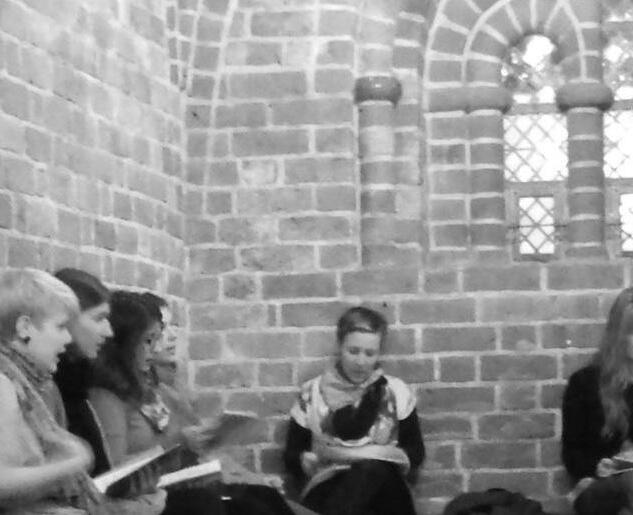
The less I am sure
The more I have to trust Liberation separates This body from dust
The more I get to know you
The less I understand Bur nothing seems to matter
When you reach out and hold my hand
(Stephen Canning)
SONG: You Shall Go Out
[Participants are encouraged to leave the room while singing this song. While exiting, everybody receives the inspirational Bible verse printed on a small piece of paper to take with them.]
Inspirational verses could be the following:
» 1 Corinthians 13: 13
» 2 Corinthians 13: 11
» Ecclesiastes 7: 9
» Galatians 5: 13
» John 3: 18
» John 7: 24
» John 13: 34
» John 14: 1
» Luke 12: 32
» Luke 12: 34
» Matthew 5: 3-9
» Matthew 5: 13-14
» Matthew 6: 19-21
» Matthew 7: 1-2
» Matthew 7: 7
» Romans 12: 10
The more I seem to give away The more I possess Reflection helps me understand And comfortably regress
47
29
Mozaik
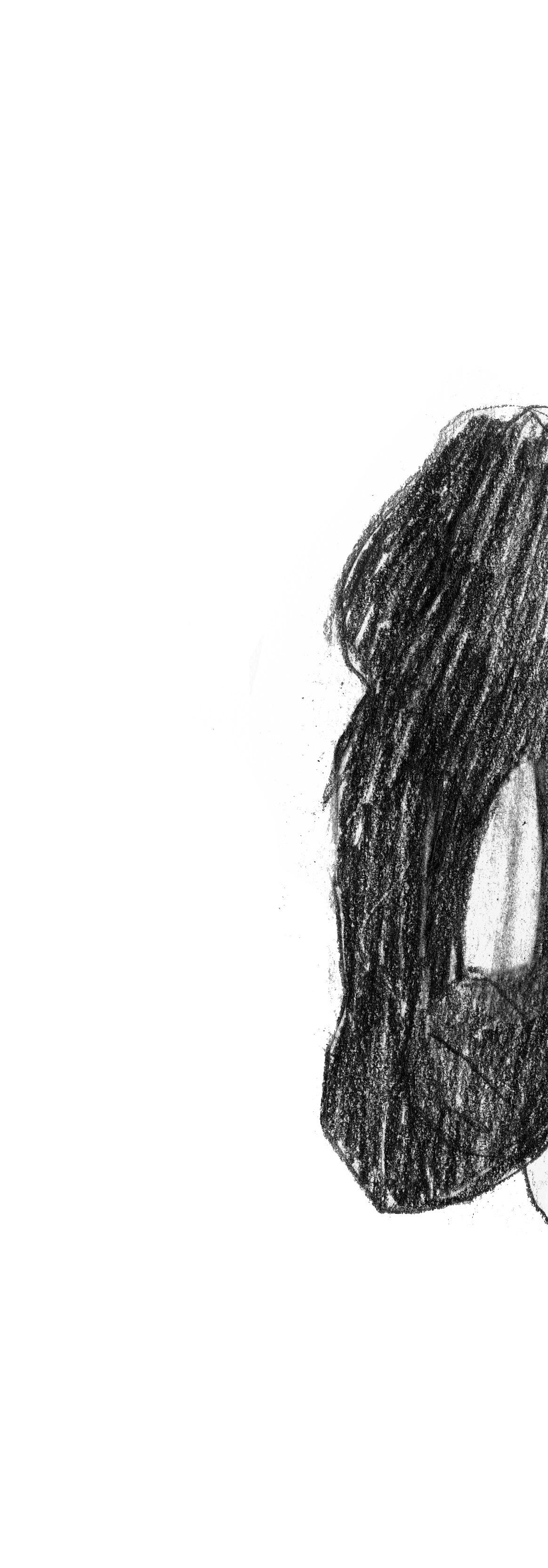
4 | Federation 50 BUDAPEST TO BERLIN WSCF Europe Office 52 GOING DEEPER IN UNITY Gabriela Bradovkova 54 SEMINAR ON ECUMENICAL STUDENT WORK IN EUROPE Gaute Brækken 56 CALL FOR SUBMISSIONS
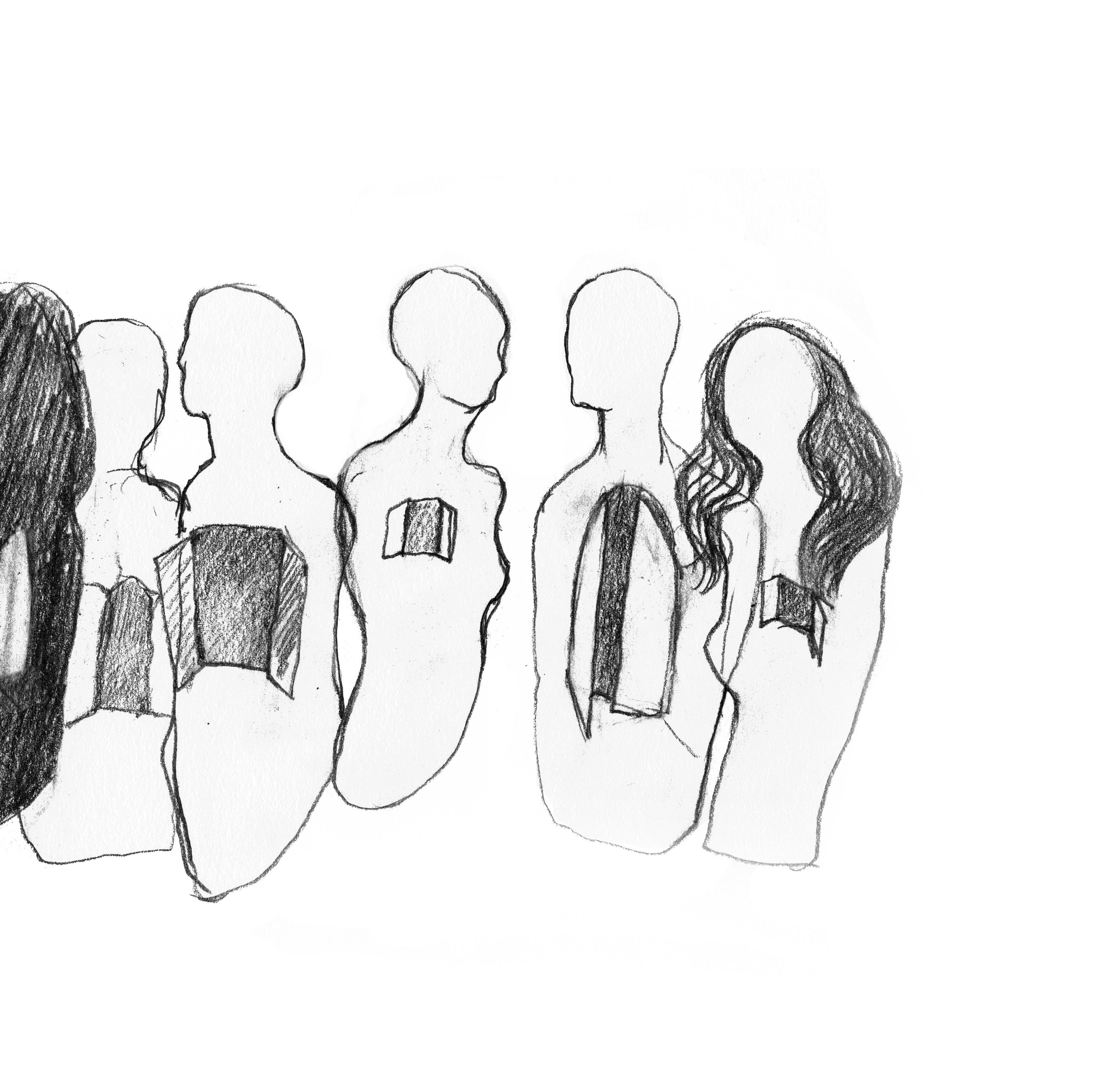
Budapest to Berlin
IT has been quite a time of transitions for WSCF Europe over the past half year. Following the European Regional Assembly, Katka Babicova (Regional Secretary Interim) and Jill Piebiak (Publications Assistant) returned to Budapest to prepare to move the office to Berlin.
Thousands of papers were sorted; Central European SubRegion books were graciously taken to Slovakia by volunteers; the archives were sent across the Atlantic to Yale Divinity School joining the archives of the whole Federation; and a van was loaded full of Mozaiks and office equipment bound for Berlin.
Before saying goodbye to the Budapest office, students, senior friends and former staff came together for a Bon Voyage party. It was a great night looking at pictures, story-telling and talking about the future with people from many generations of WSCF. People travelled from Greece, Austria, Czech Republic, Germany and, of course, Hungary to wish the office farewell.
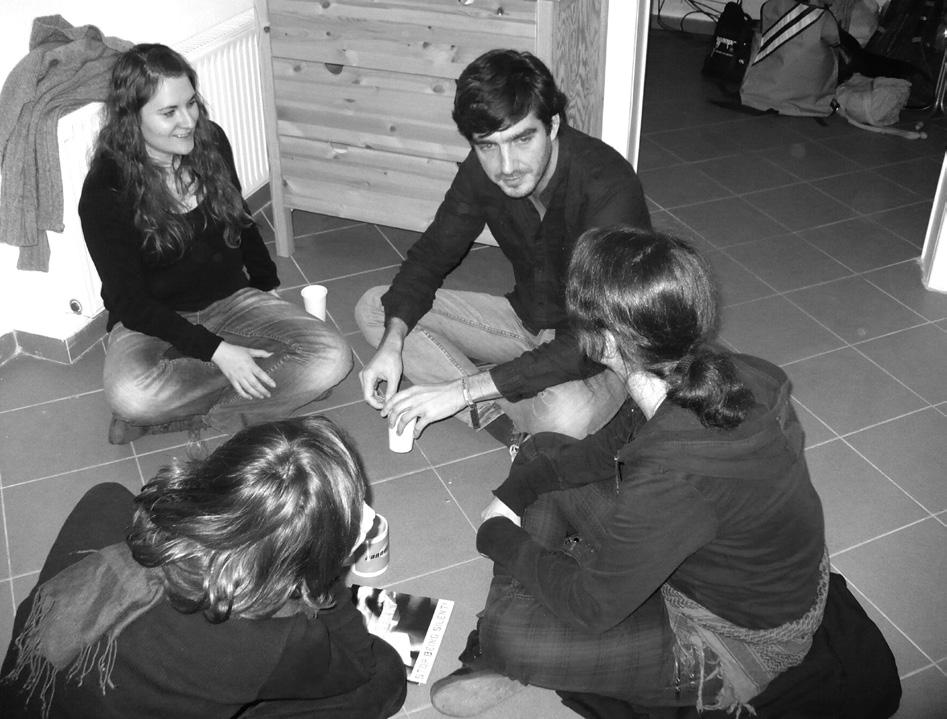
The staff (and former staff) of WSCF Europe cannot express enough gratitude to all the students and senior friends who offered us support since 2004, translation, heavy lifting, heater fixing and your friendship. Their hospitality will be missed!
The actual office move was an adventure to say the least. Katka and Jill were hosted in a Dominican monastery outside of Bratislava after the van had some complications. Former WSCF Europe Chairperson, Mirka Bukovinska, joined the trip in Prague only to get
lost in the Czech mountains late at night. Thankfully, after a well-deserved Christmas break, the office staff are slowly settling into the new office and German life-style.
2012 will continue to bring transitions for WSCF Europe. The new ERC has had their first meeting in their new roles. A new website is up and running after many months of preparation. Mozaik has a new look and so does the coming Lingua Franca project this summer. For more news about the coming year, resources, blogs, and much more check out www.wscf-europe.org. █
50 WSCF Europe Office
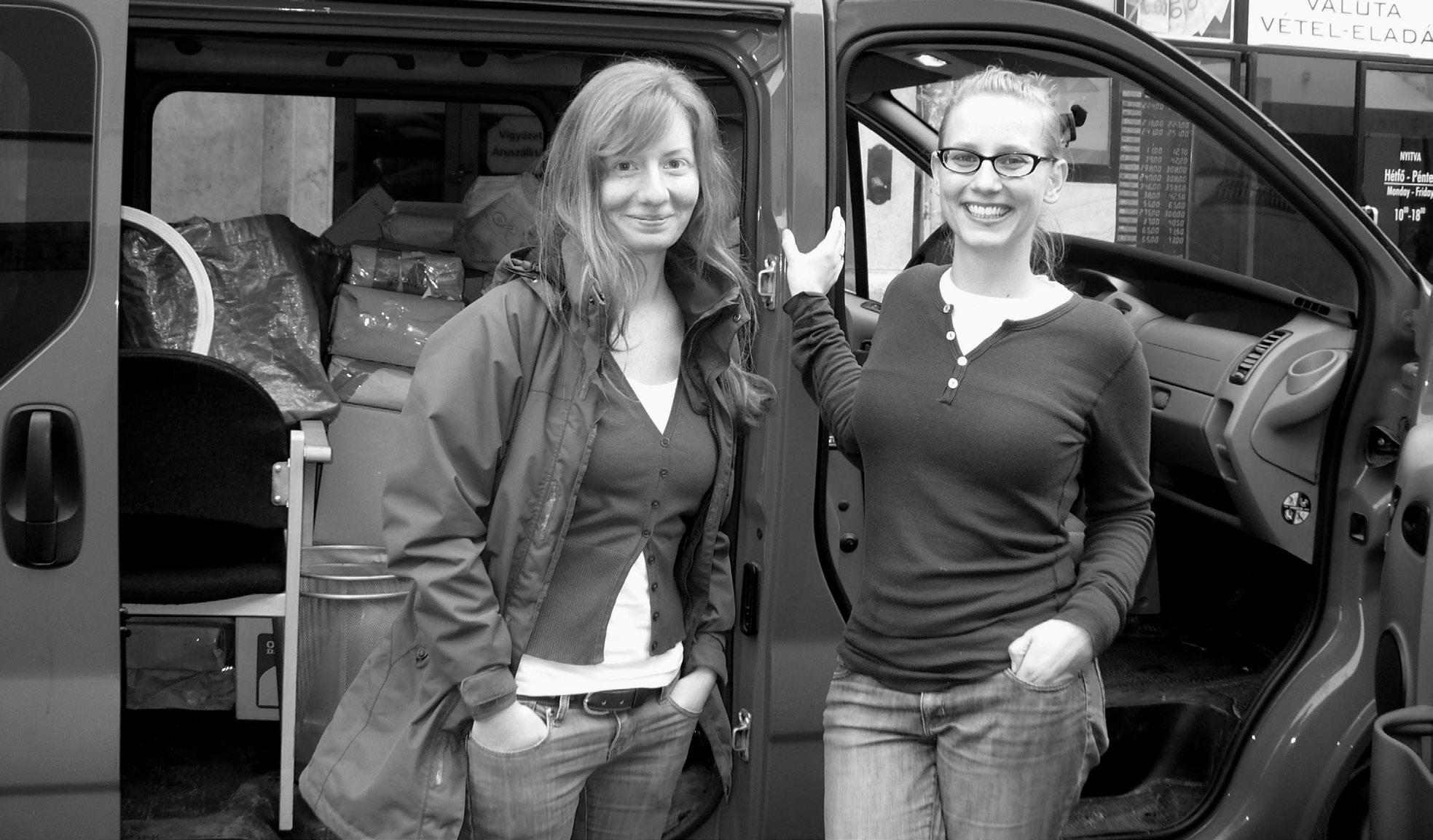
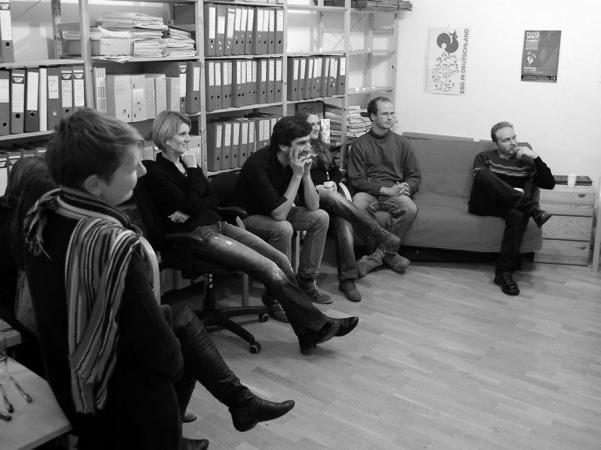
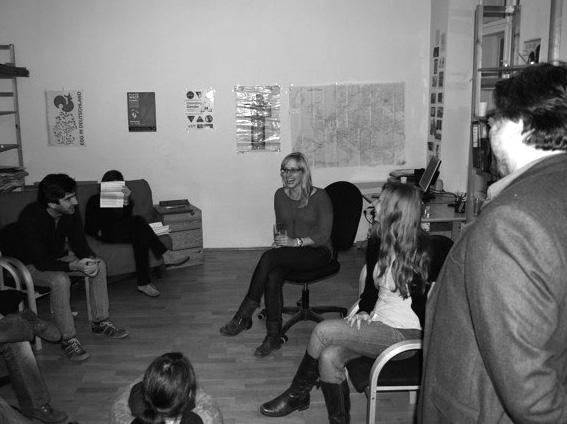
51 Mozaik 29
Bradovkova (1987) from Slovakia; graduated in international relations. She has been involved in WSCF since 2009 and currently works as a trainee for the European Parliament. She loves art and spring. Email: gabby@ centrum.sk
 Gabriela Bradovkova
Gabriela Bradovkova
Going Deeper into Unity
ONEof the WSCF’s primary and profound aims, both on a regional and a global level, is to build an international community based on Christian unity. Indeed, it is a long-term goal and a permanent process at the same time. In this regard, I dare say, the last conference “Communicating Gender” held in Løgumkloster, Denmark 24-28 October 2011 has undoubtedly contributed to its gradual fulfilment.
Just before leaving Løgumkloster I had been asked to name the best bit of the conference. Honestly, I couldn’t really answer right on the spot – time was running (to catch the train) and it was really difficult to chose one particular thing as every day was rich in highlights which made it truly unique. However, my journey all the way down the continent turned out to offer a generous space for a deeper reflection. And then I got my answer –apart from brilliant lecturers giving questions-provoking lectures and intense debates that followed; apart from fruitful discussions within working groups; innovative bible studies; and so many various curiosity-raising workshops; there was, in my view, something more and essential what persuades me that the conference could be labelled a successful one. What I have brought home is an experience of a strong and genuine community spirit.
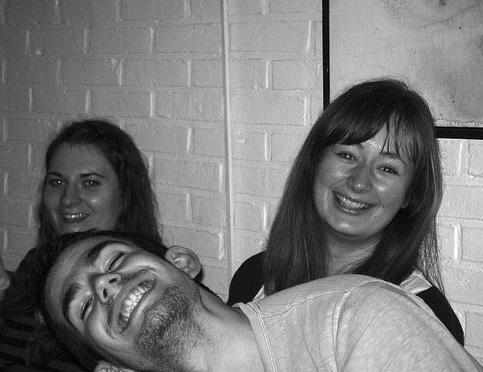
Looking back at the week I hear praying Our Father in fifteen languages, joyful singing in a chapel as well as in a bus. I see shaking hands and sincere hugs not just while sharing a sign of peace, scarves on heads as a sign of respect for religious traditions of others. I see shared

52
Gabriela
interest in one another at the lunch table; dedicating of one’s time during siesta while having a nap would seem more logical; chatting in corridors until night; an enthusiastic cooperation in making funny video-shoots. I see common worships also with our hospitable hosts as well as mingling with local students. And I see support and encouragement when stress and fatigue were sometimes hard to deal with.
Looking back at it all assures me that all the given effort and short sleep paid off. Reflecting on it all gives me a sense of a meaningful work especially when taking into consideration such a diversity of our cultural, national and religious backgrounds. And last but not least, that if this is the way of deepening Christian community that WSCF strives for, then, I believe, there is also potential for further growth in broader unity. Above it all, I am quite sure that this strengthened spirit is also a result of the Spirit’s work in us and among us (which our morning worships focused on).
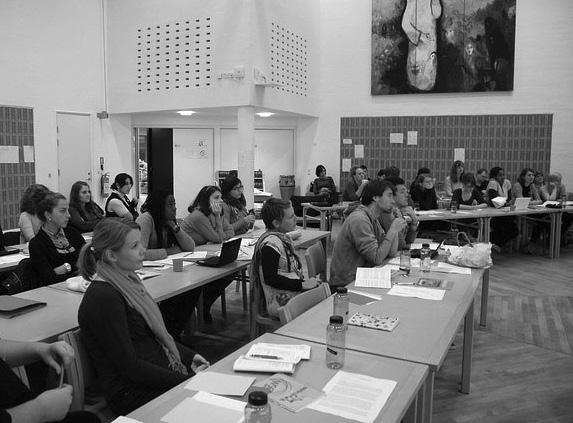
What we have in common is a shared belief in the Truth. And for us the Truth has a name – God. Regardless of the language we address It with or our gender perception we assign to It. “Never truly known, mystery of mysteries, calling us Your own”.
WSCF is a growing family rooted in this Truth. I am happy to belong there. █
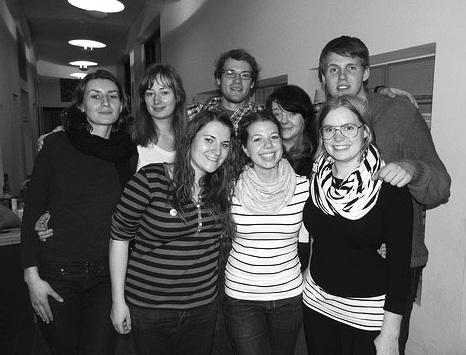
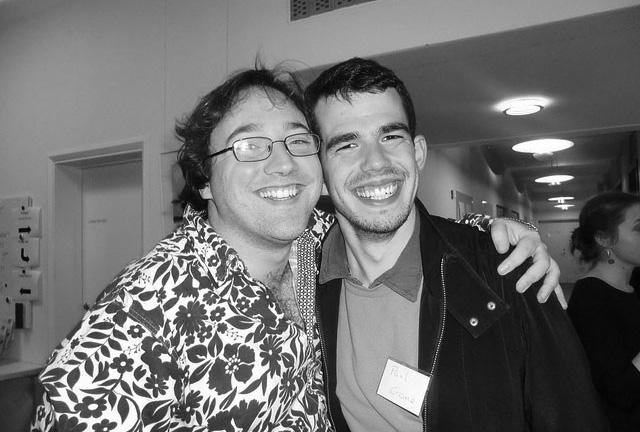
53 Mozaik 29
Gaute Brækken (1979) is the Secretary General of the Student Christian Movement in Norway since August 2010. He belongs to the Church of Norway (Lutheran) and is politically active in the Norwegian Christian Democratic Party. He is a former head of the Programmes Department within the YWCA-YMCA Guides and Scouts of Norway. Email: post@forbundet.no.
 Gaute Brækken
Gaute Brækken
Seminar on Ecumenical Student Work in Europe
THISsummer around 40 SCM members from our nine national movements will gather for a week in the hills of Norway. During this seminar they will explore together how to do ecumenical student work today, and what it means to follow Christ in 2012.
There will be creative workshops on a variety of topics associated with being a follower of Christ today; how we should respond to the climate crisis; how we can include different minorities in our work; and how we should meet students with other beliefs. We’re also expecting visitors from the newly restarted movement in Palestine, and they will share with us their struggle for peace and reconciliation in the Holy Land.
Inter-religious dialogue and non-discrimination based on sexual orientation is especially interesting for us to look at together, exploring what it means to be a Christian today. Throughout the six days that the seminar will last, the participants will contribute in many ways. They will lead us through different European liturgical and cultural traditions. They will share best practices and other experiences from youth and student work, and together discuss and reflect on the special challenges in working with students.
Through lectures and workshops we will explore different social issues together, issues that are relevant
54
to European students today. These issues include the work for global justice, preventing xenophobia through ecumenical and inter-faith dialogue, peace building and reconciliation, participating in the civil society to build open and democratic countries, and the need to strengthen our partnerships.
Of course there will be plenty of time to get to know each other better around the campfire in the white Norwegian nights. Exploring Norwegian nature is an experience in itself.
The seminar is linked together with the annual summer meeting for the Nordic-Baltic region. It’s in cooperation with the movements in Poland, Lithuania, Georgia, Germany, Hungary, Finland, Denmark and Sweden, and is supported financially by the "Youth in Action" programme in the EU. Members of these national movements can contact their national office if they want to participate. Coming together like this and sharing our experiences is a great way of strengthening our student work, we believe.
It’s exciting for the Student Christian Movement in Norway to host such an event, and we hope that it will bring renewed interest for our work in Norway, and that our members will want to engage more in the great international community that we’re a part of. The
venue at Haugtun is a very special and traditional place for the movement in Norway, and it’s not far from the capital of Norway, Oslo. The dates for the event are 22-27 June 2012, and we will be celebrating Midsummer’s Eve together.
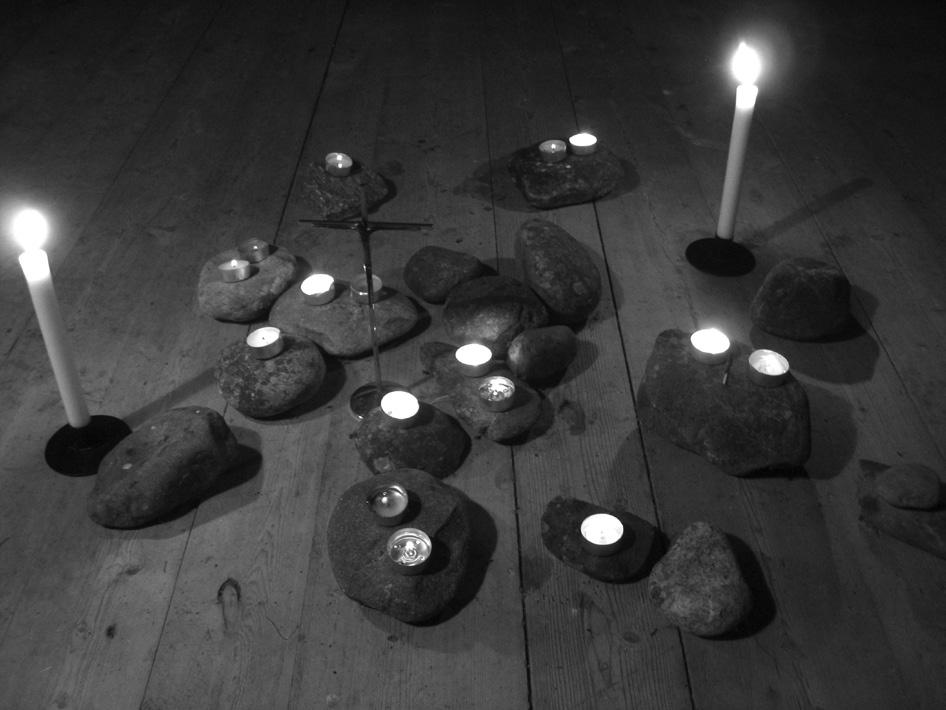
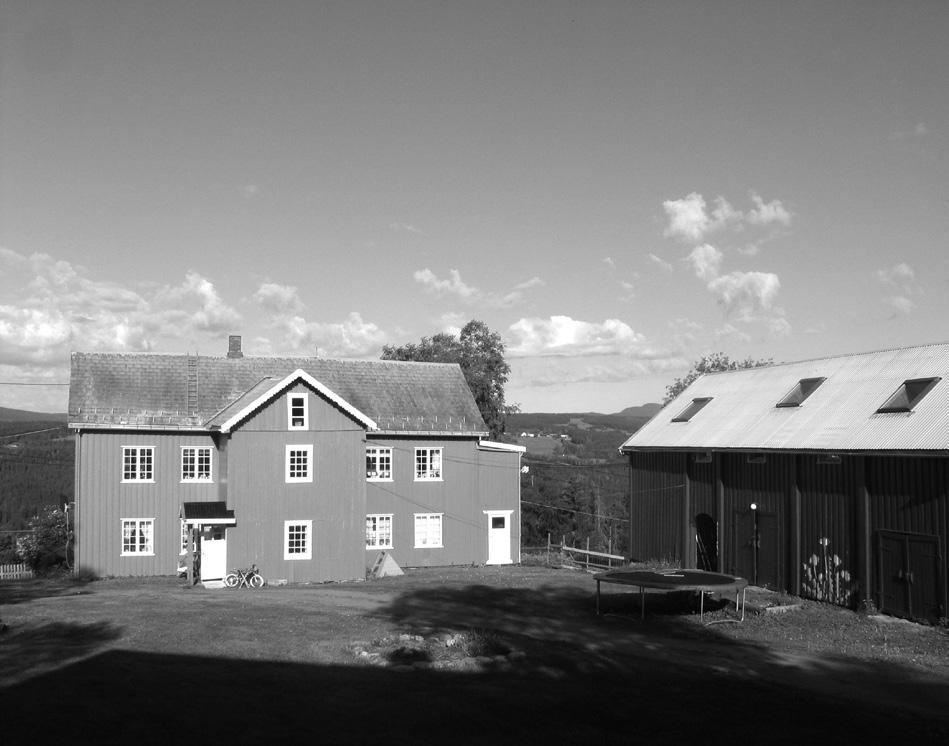
Hopefully we will get experiences and new knowledge that we can share with the rest of the Europe Region in various ways, building a stronger community of European Christian students. █
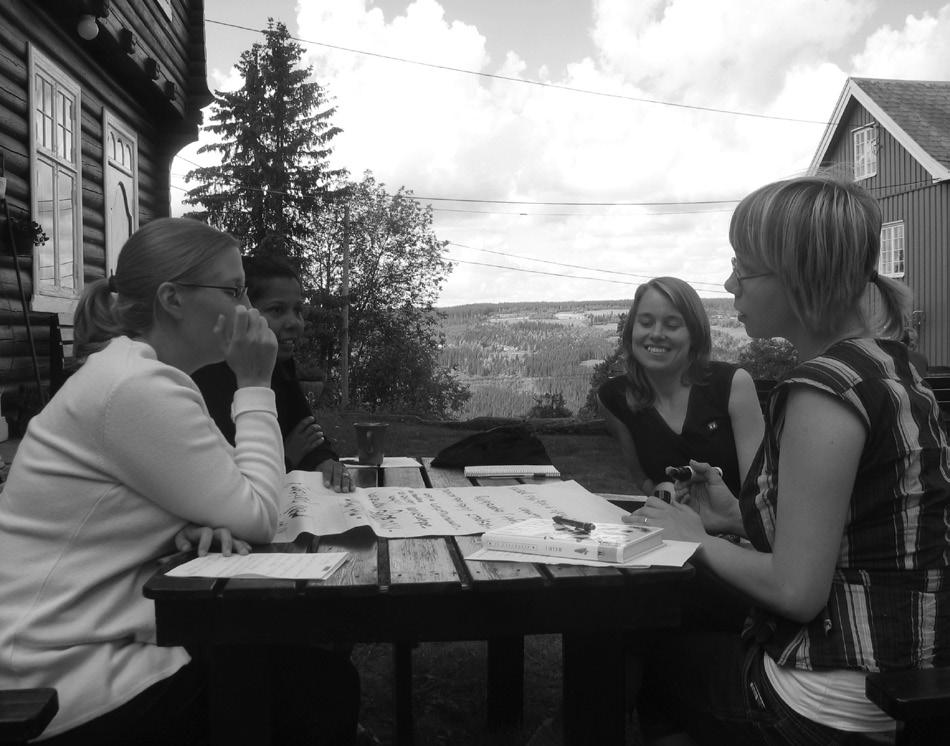
55 Mozaik 29
Submissions
As the ecumenical journal of the European Region of WSCF, Mozaik aims to provide a forum to explore and share your ideas, experiences and faith. It is also a resource for SCMs, churches and student groups to give ideas on how to interact with the topic at hand.
We encourage contributors to write from their own tradition, both with confidence and openness. We believe in the value of exposure and interaction with new ideas and perspectives. We value student voices. As thinkers and disciples, students hold a unique perspective as they look from their academic situation out onto the world, and vice versa.
Mozaik values prophetic voices and seeks to provide space for sharing and discussion of new ideas that may not otherwise find an outlet within the traditional established gathering of intellectual and theological discussion.
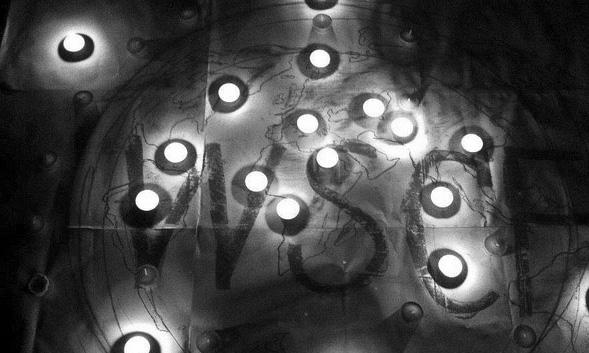
We accept essays and articles about 800-2000 words long, with footnotes, including some suggested readings when appropriate. For information about formatting please consult previous issues of Mozaik (www.wscfeurope.org) or email mozaik@wscf-europe.org.
Mozaik is also a space to share news about your SCMs, to reflect on discipleship and culture and to express your creativity. So, we also value shorter articles, interviews, book and film reviews, reflections, resources, and reports from your SCM. Contributions of artwork, poetry, short stories, prayers, and liturgies are also strongly encouraged.
Guilty or Not Guilty?
The next Mozaik will follow the WSCF-E’s latest theology conference “Guilty or Not Guilty” to be held Bratislava, Slovakia spring 2012.
Do you feel guilty? Where does guilt come from? Is the legal always the moral? Does the immoral have to be illegal? Do you care?
We are seeking your thoughts on the subjectivity, morality and the philosophy of law in Europe today. We want to know how young Europeans cope with personal guilt and any societal guilt they may feel for involvements in issues like Climate Change or the Financial Crisis.
If you are interested in answering one of these many questions or in contributing in any way to the next issue of Mozaik, please inform the editors as soon as possible by emailing mozaik@wscf-europe.org. They will also be able to help you with any questions you may have.
Watch for the Call for Articles in your email inbox and on our website (www.wscf-europe.org) for more details.
56
Our illustrator Maria Bradovkova (1988, Slovakia)

In these illustrations I wanted to focus on people and express their inner life, struggles and desires towards themselves and each other.
I am doing my Masters of Design in Krakow, Poland. My specialization is graphic design; ´Visual Communication´.
I like culture, illustrating books, painting and drawing. I enjoy observing various aspects of life and sharing with people. Email: maria.bradovkova@gmail.com. www.behance.net/bradovkova


Mozaik 2012/Gender
















 Kathy Galloway
Kathy Galloway














 Gabriela Bradovkova
Gabriela Bradovkova





 Gaute Brækken
Gaute Brækken




